Poseurs
Richard Sheaff
The first known real photo postcard (RPPC)—a continuous tone photograph printed on postcard stock—dates from 1899. The No. 3A Folding Pocket Kodak camera, designed for postcard-size film, hit the market in 1903, and in 1907 Kodak created a service called “real photo postcards,” which enabled customers to make a postcard from any picture they took. (themorningnews.org). In 1907 the Post Office for the first time allowed users to put their message on the back, freeing up the entire front for an image. The “postcard craze” exploded, and RPPCs played a major role.
RPPC images were created by individuals as a one-of-a-kind or in low numbers, and by professionals in larger quantities. For collectors, there are many niches in the RPPC world. Some collect occupational, some collect main street scenes, some collect outdoor shots, some collect studio portraits, some collect animal photos, some collect oddball / bizarre images . . . you name it.
Many collectors seek studio images which incorporate painted backdrops and/or props of one sort or another. Folks sitting on fake crescent moons is one popular category.
The 2012 book Fantasy Travel by British artist and collector (some 50,000 photographic postcards) Tom Phillips concentrates on studio RPPCs which show sitters in trompe l’oeil travel. The book shows “people sitting proudly and playfully in studio mock-ups of aeroplanes, cars, speedboats and hot air balloons. Such modes of transport were beyond the dreams of the average person in the early twentieth century but the photographic studios allowed them to indulge wild flights of fancy and take away the resulting postcards.” ( https://bodleianshop.co.uk/products/fantasy-travel )
Some such faux photographs were taken in regular photo studios, but many were taken at events (fairs, expositions, carnivals, etc.) and at popular tourist attractions (amusement parks, arcades, resorts, scenic attractions). Towns known for influxes of sailors and soldiers on leave would always have places for those out on the town to pose in front of fake booze bars.
Poseurs could appear to be flying in airplanes or airships, standing in the bow of a steamship, standing on the rear platform of a railroad train, out to sea on a sailboat, being a cowboy in the West, posing in front of Niagara Falls or San Francisco’s Cliff House or the Eiffel Tower.
One sub-genre of faux photographs was the “stick your heads through the holes” sort, still with us today.
Perhaps my personal favorites are those which use painted fake cars /planes / trains / etc. ( as opposed, for example, to a real automobile brought into the studio for sitters to occupy ). Most were laughably crude examples of “art”, though now and then the graphics approached the level of naive folk art. In any event, many are wonderfully ridiculous.
The apparent attitudes on display by various posers is an interesting study in itself . . . bored, haughty, joyful, angry, indifferent, theatrical, cocky, detached, impatient, happy, sad.
Recently I have been scanning examples in my collection, cleaning them up in Photoshop and restoring the images, most of which had faded over the decades. Here are some . . . .
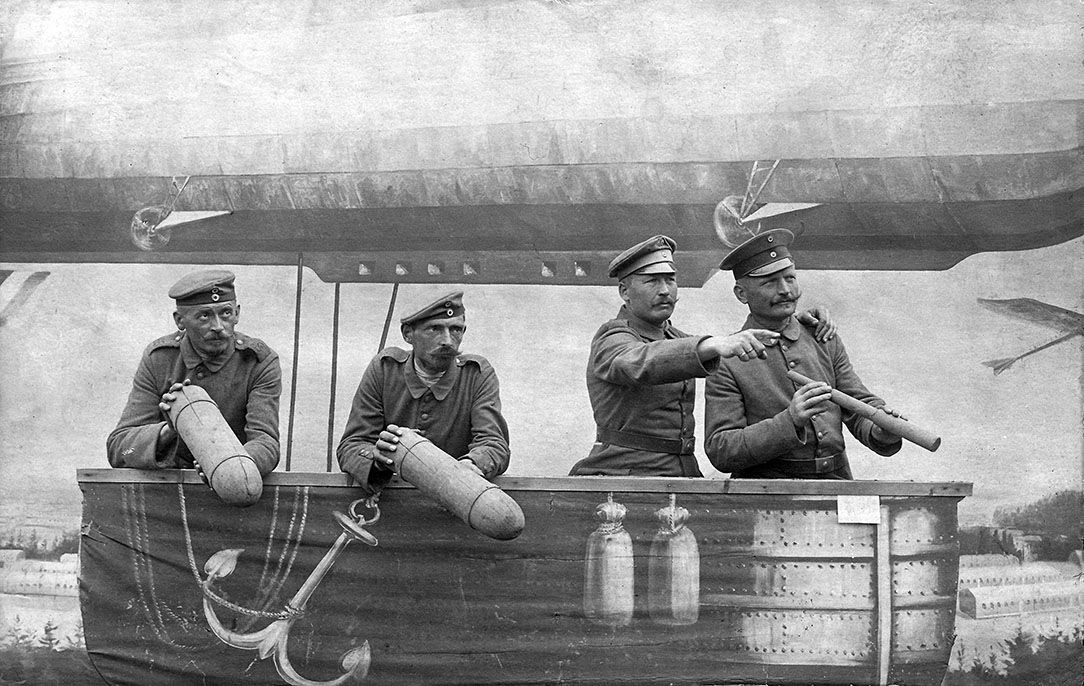
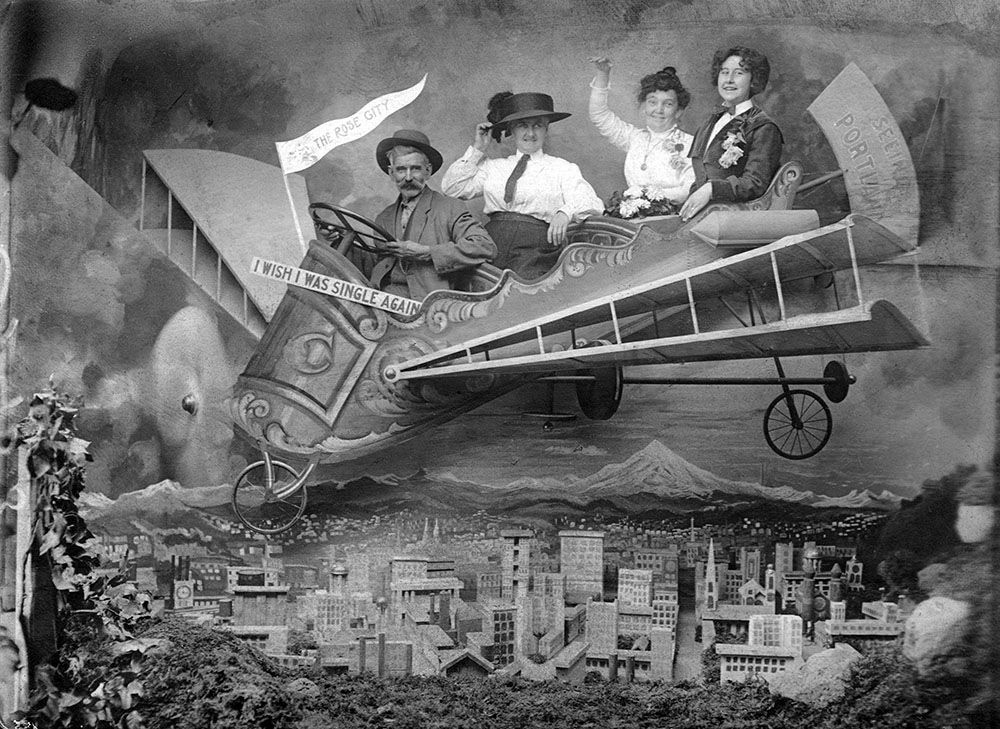
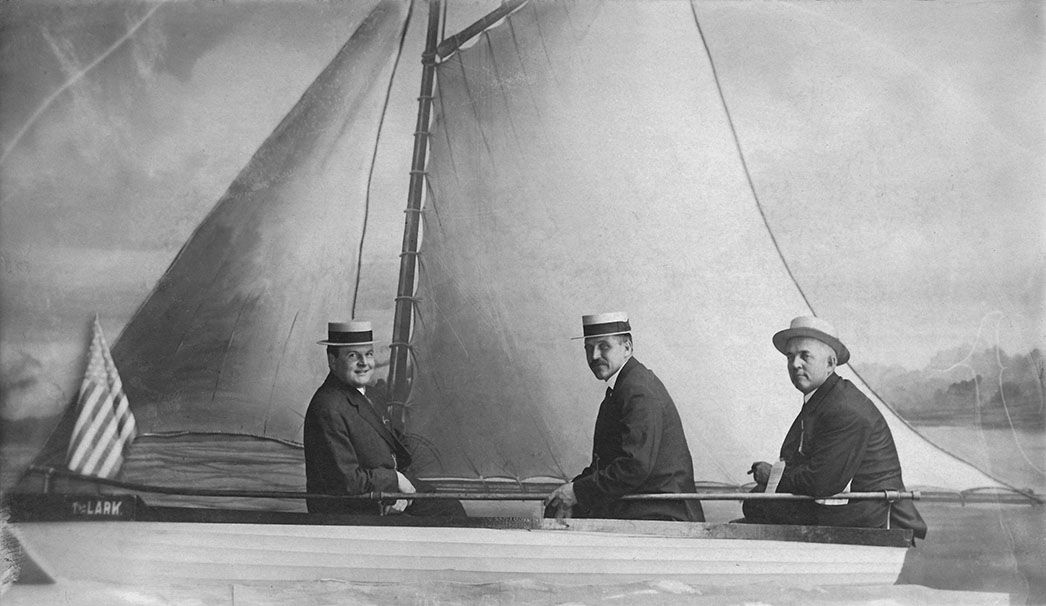
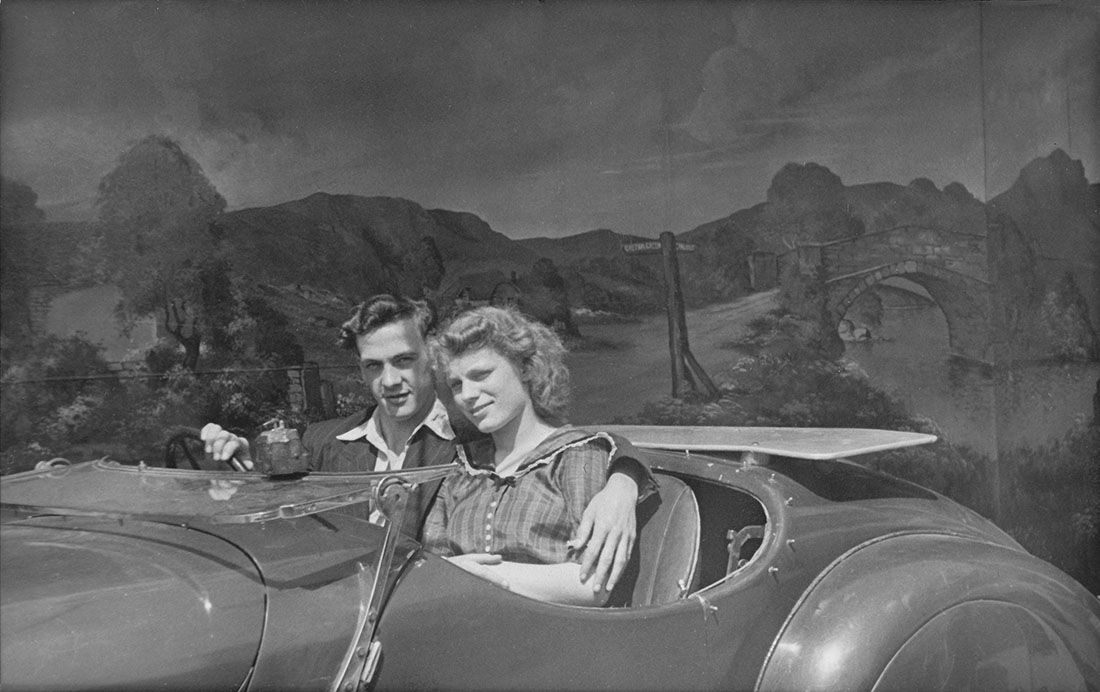
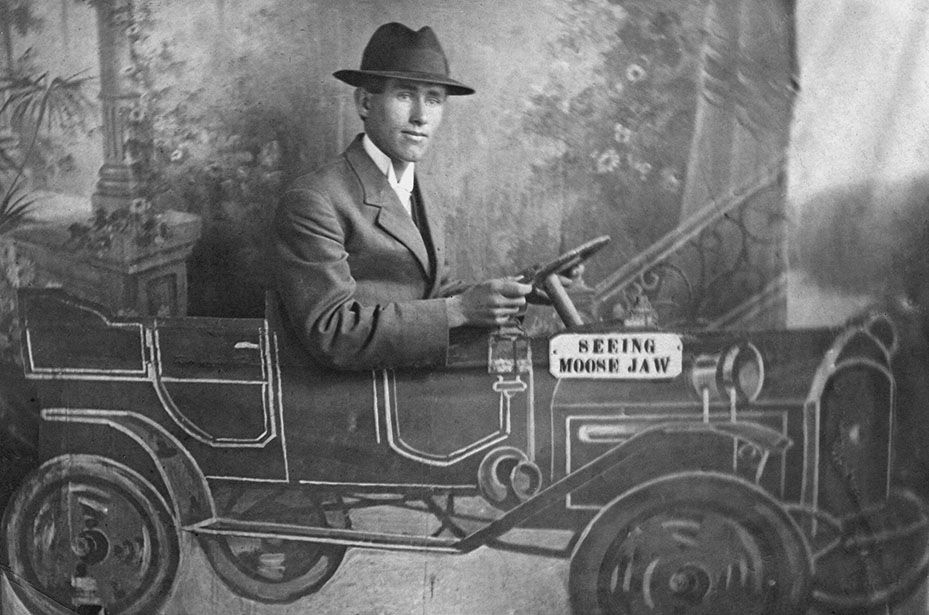
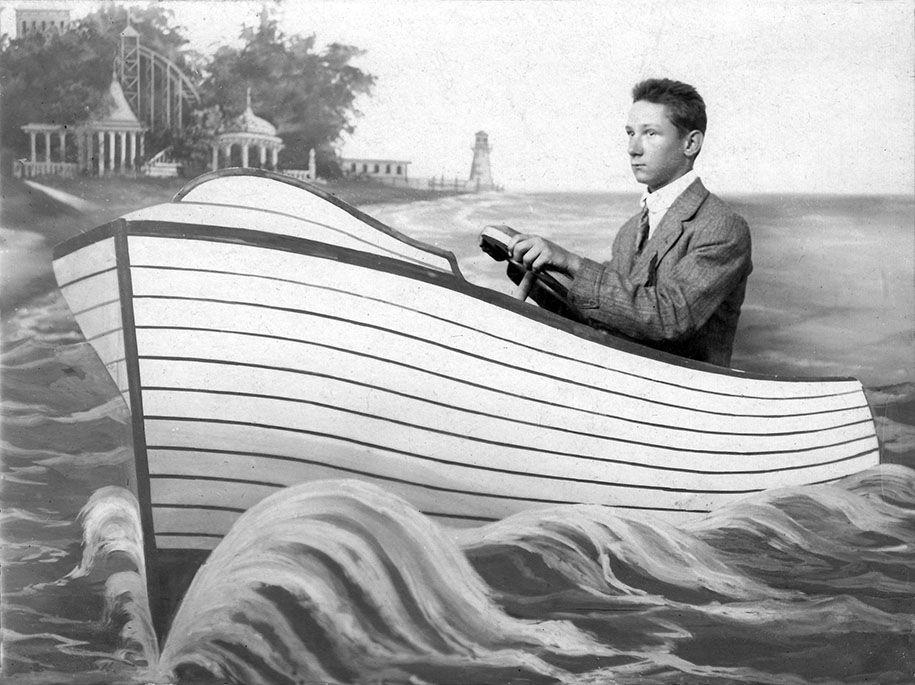
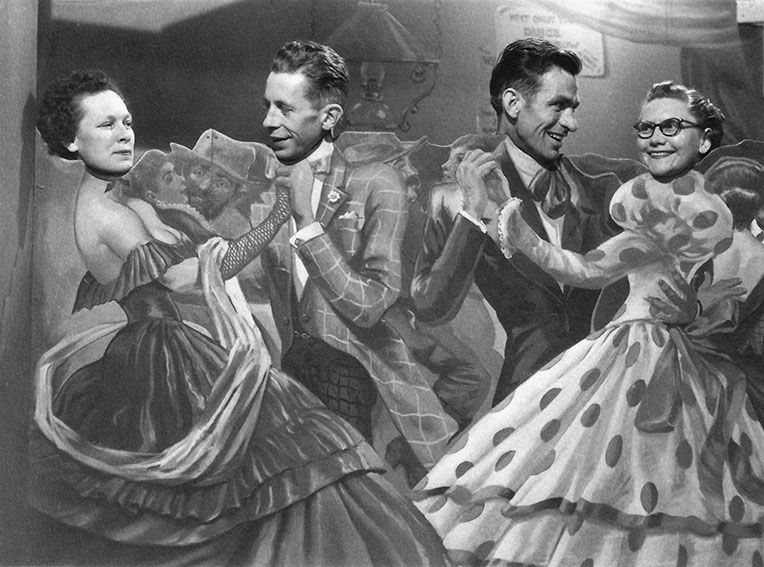
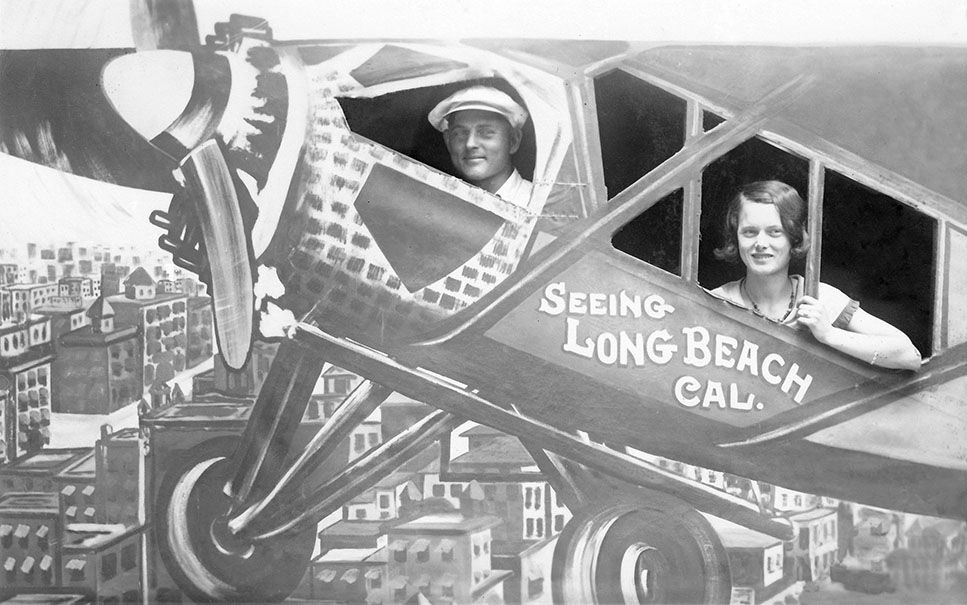
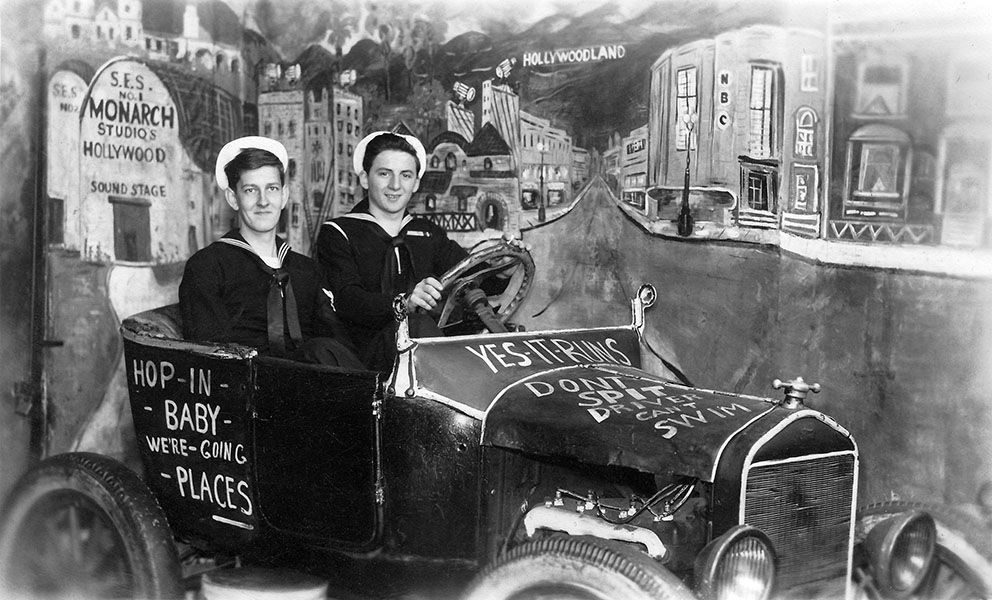
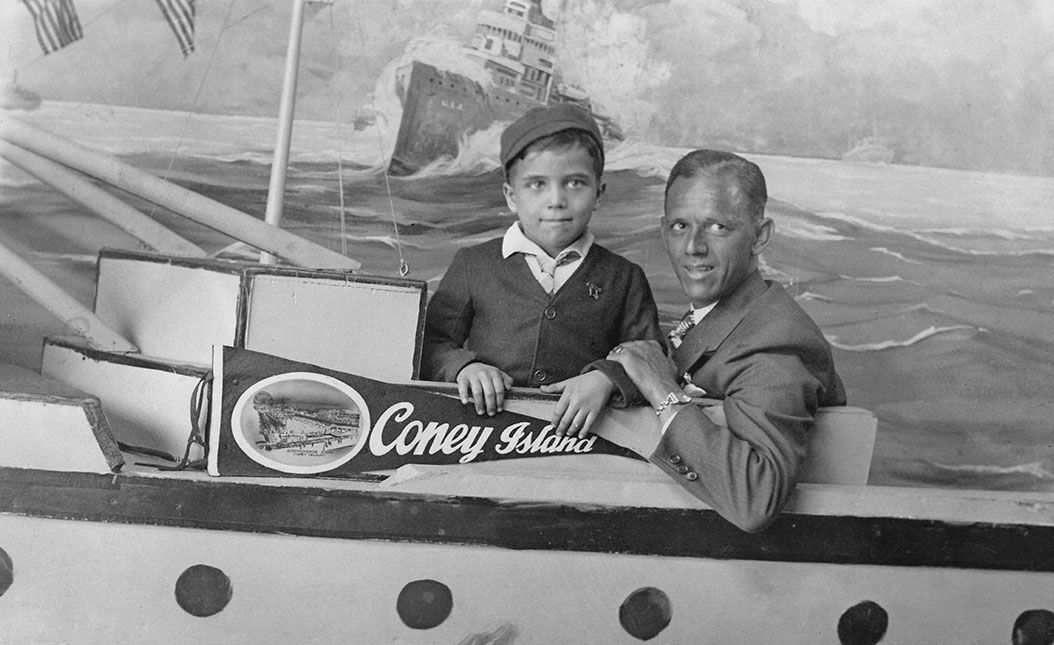
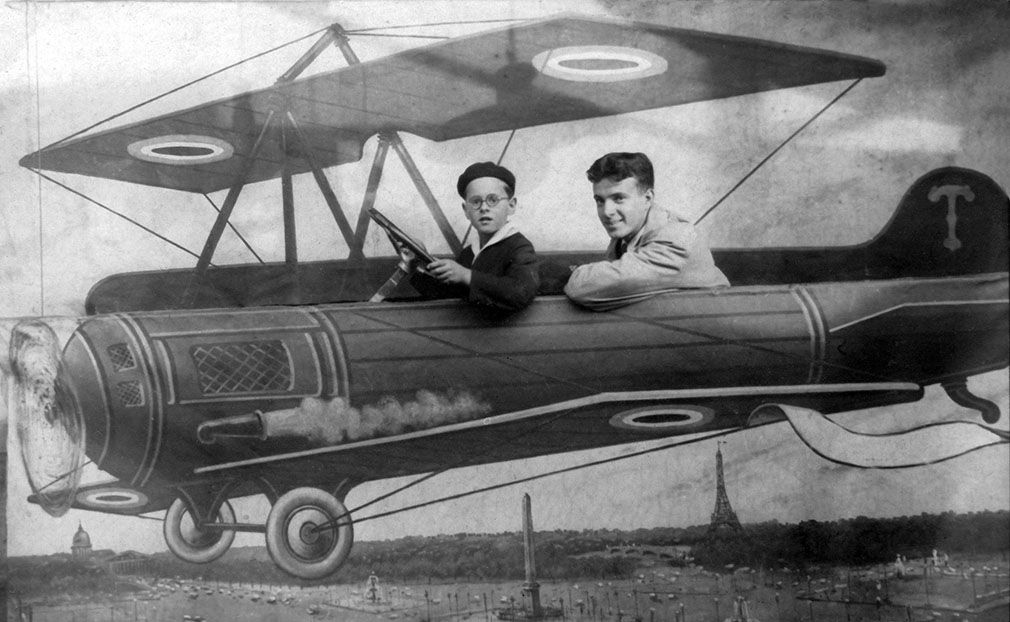
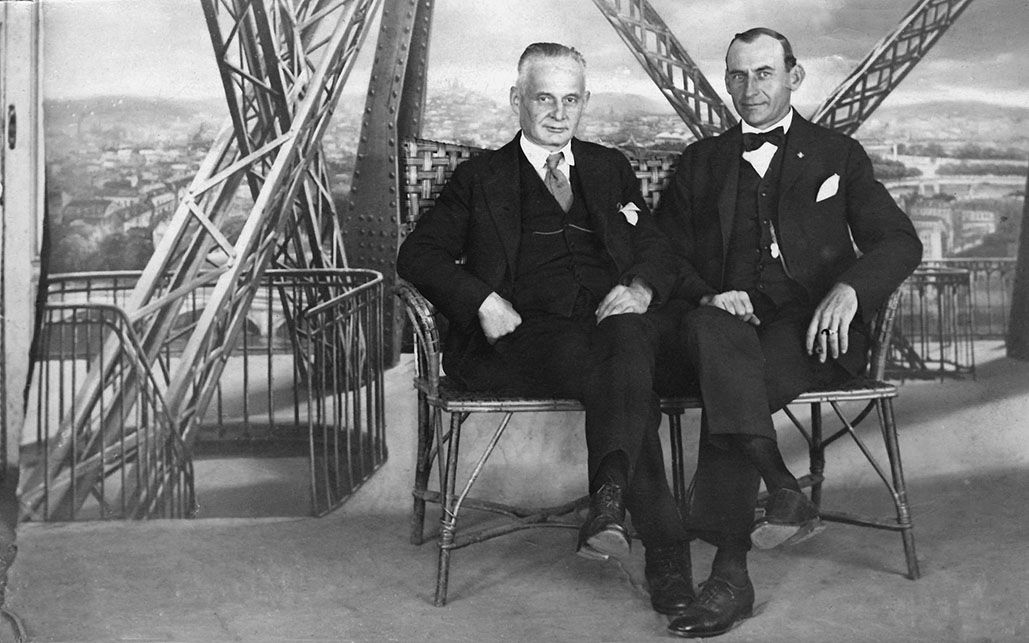
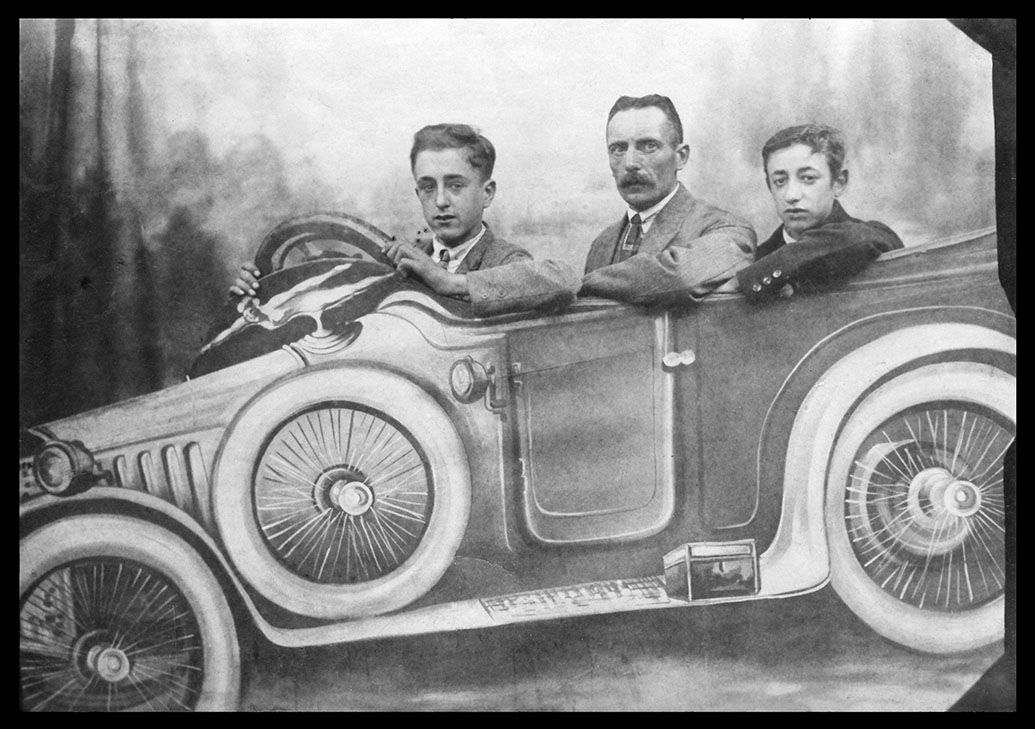
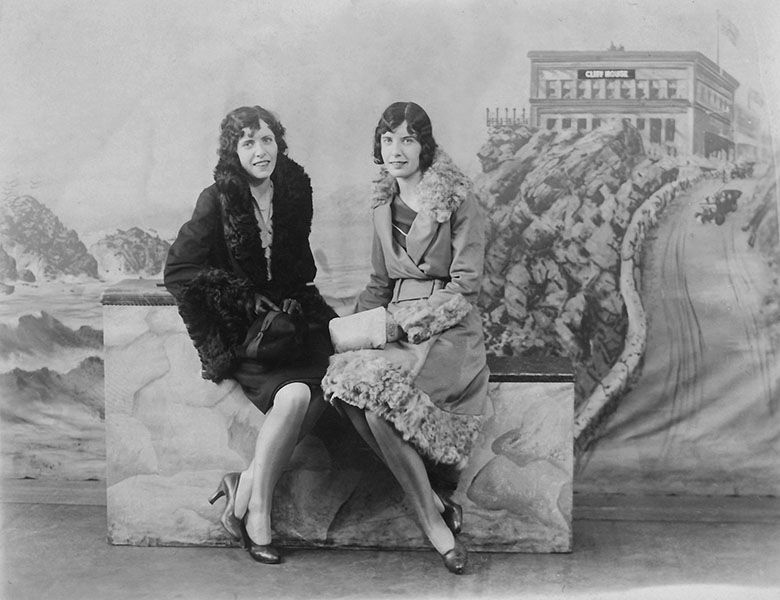
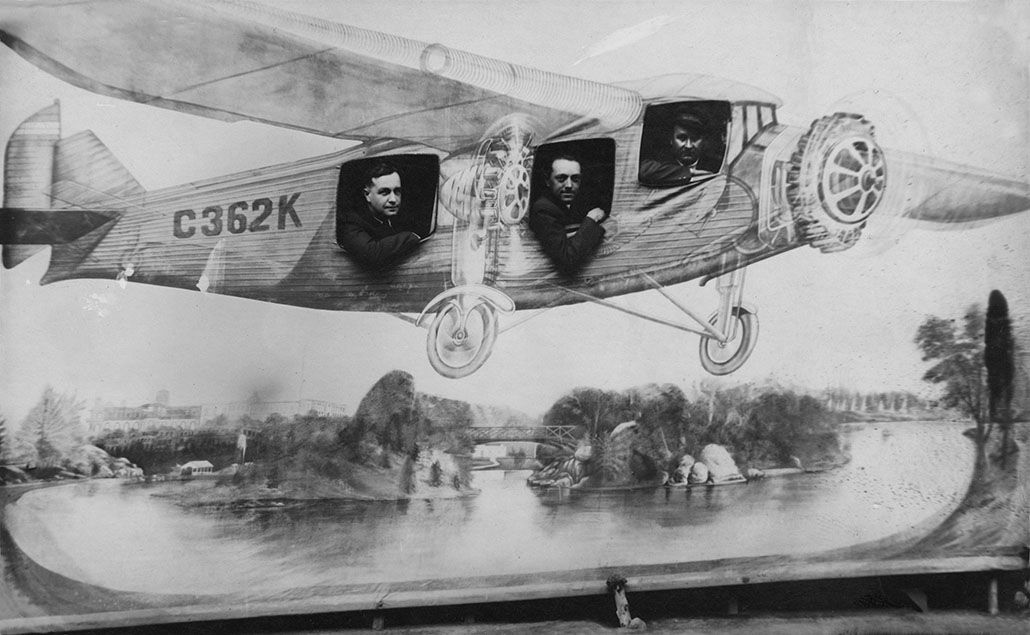
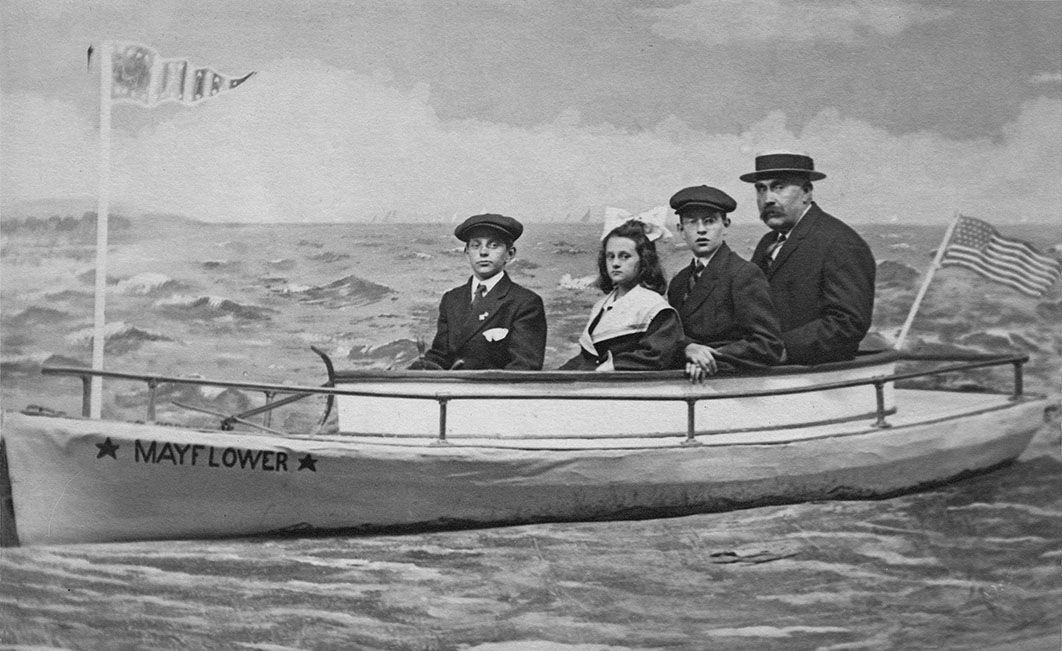
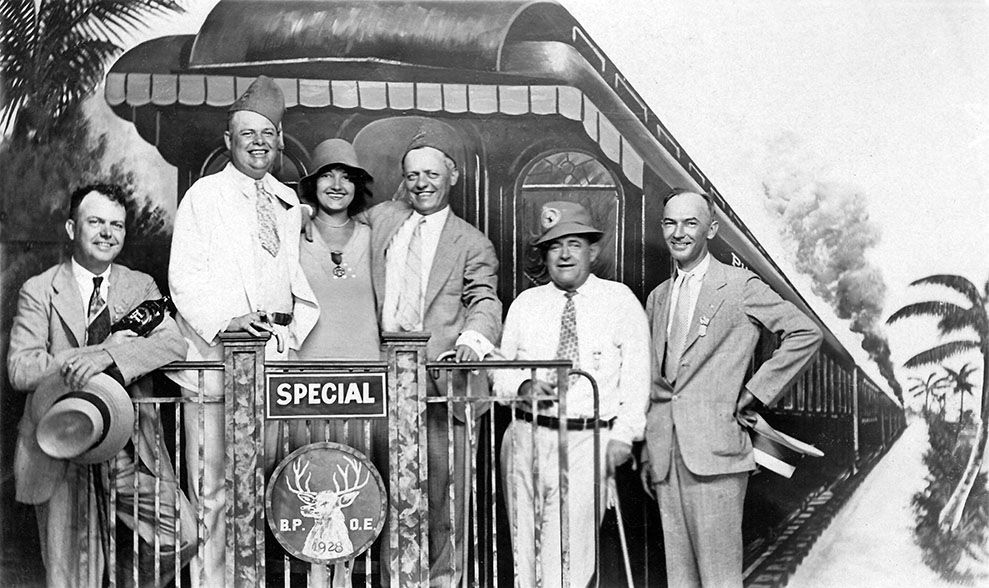
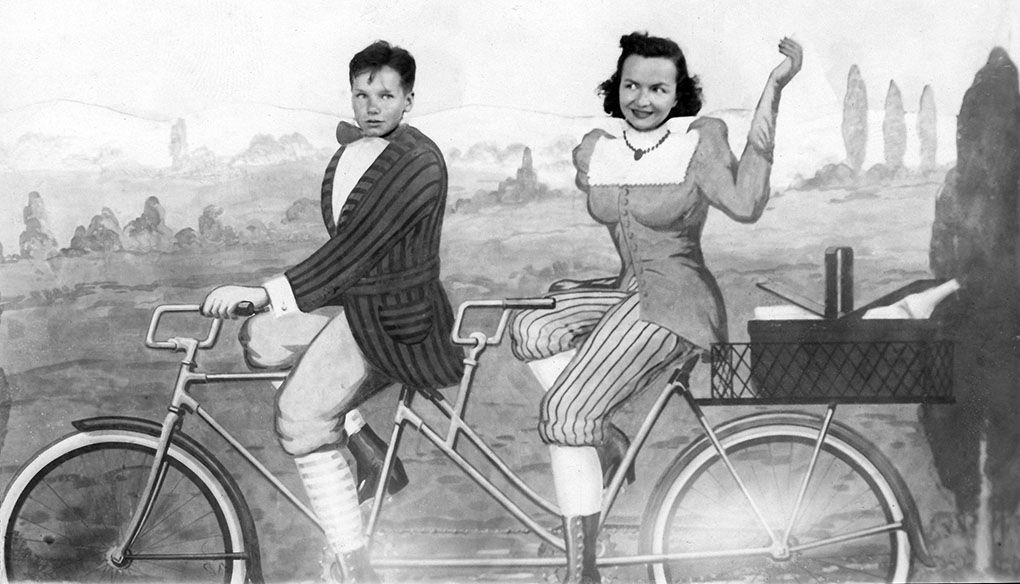
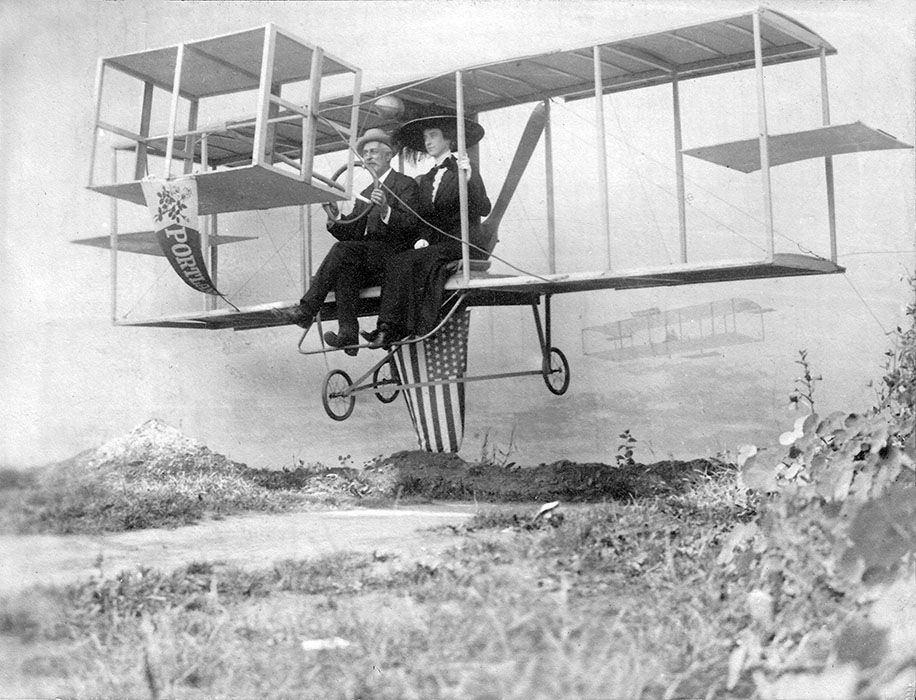
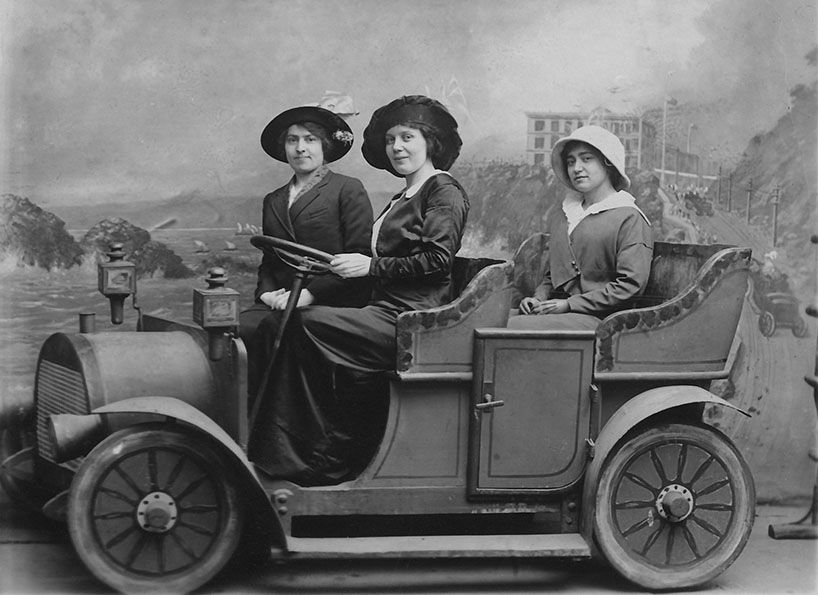
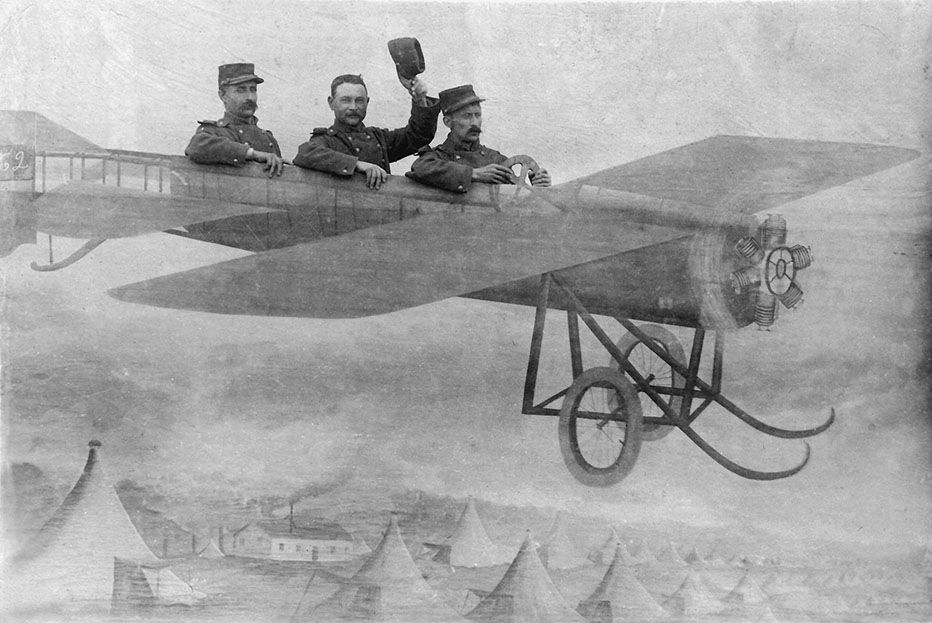
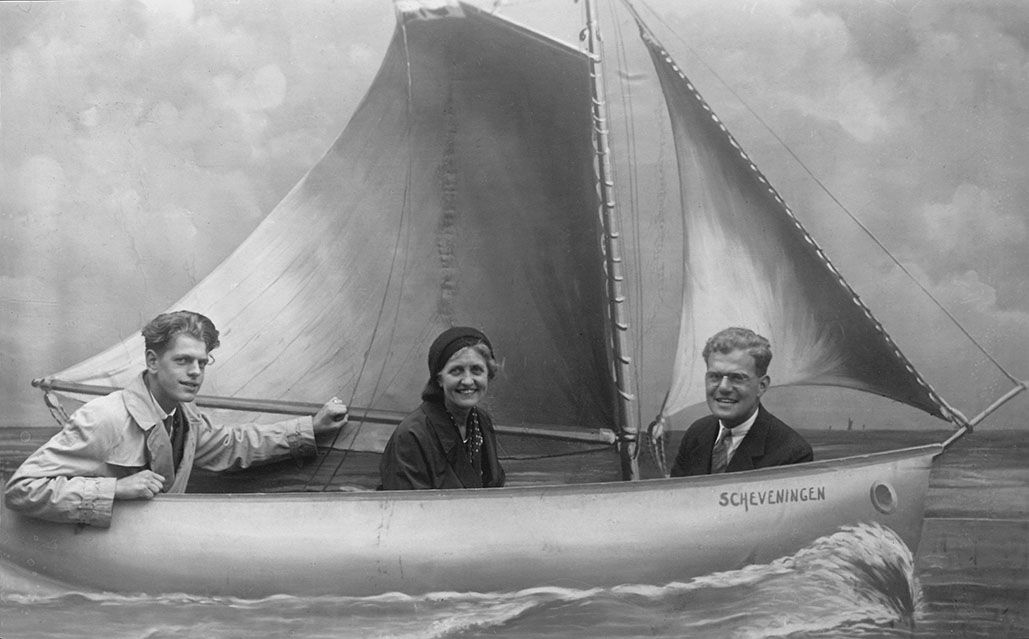
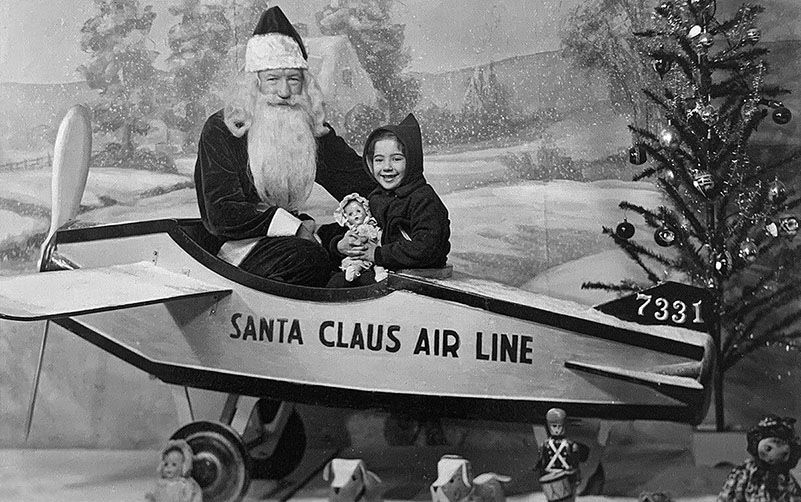
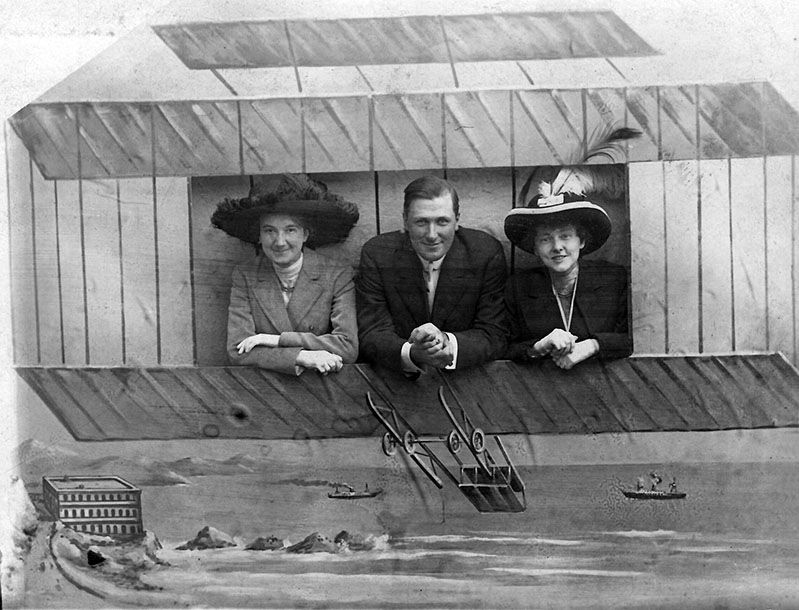
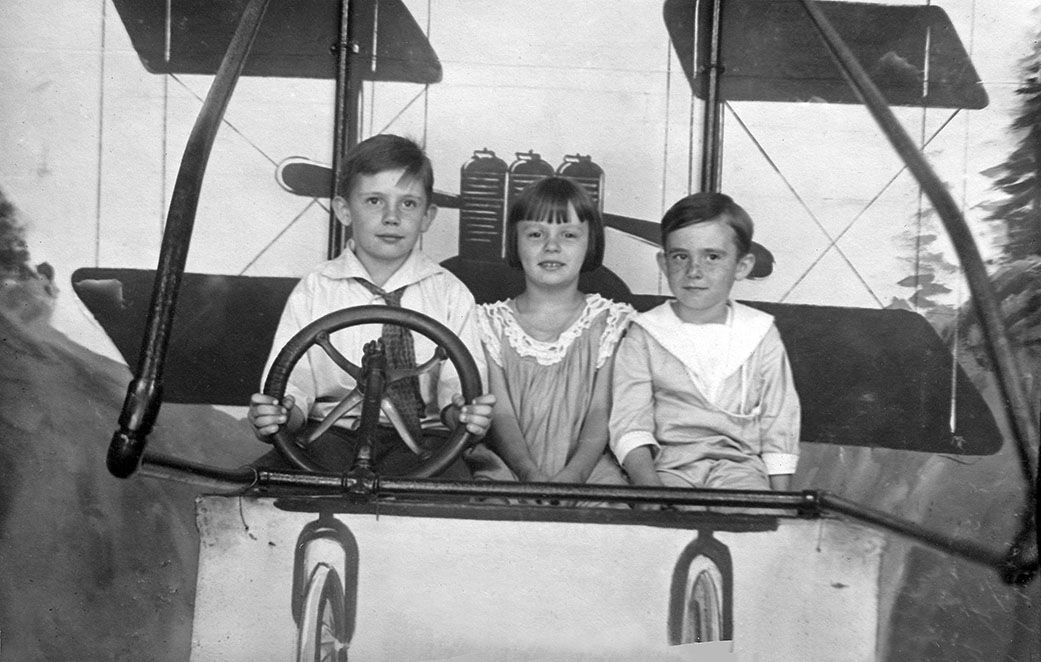
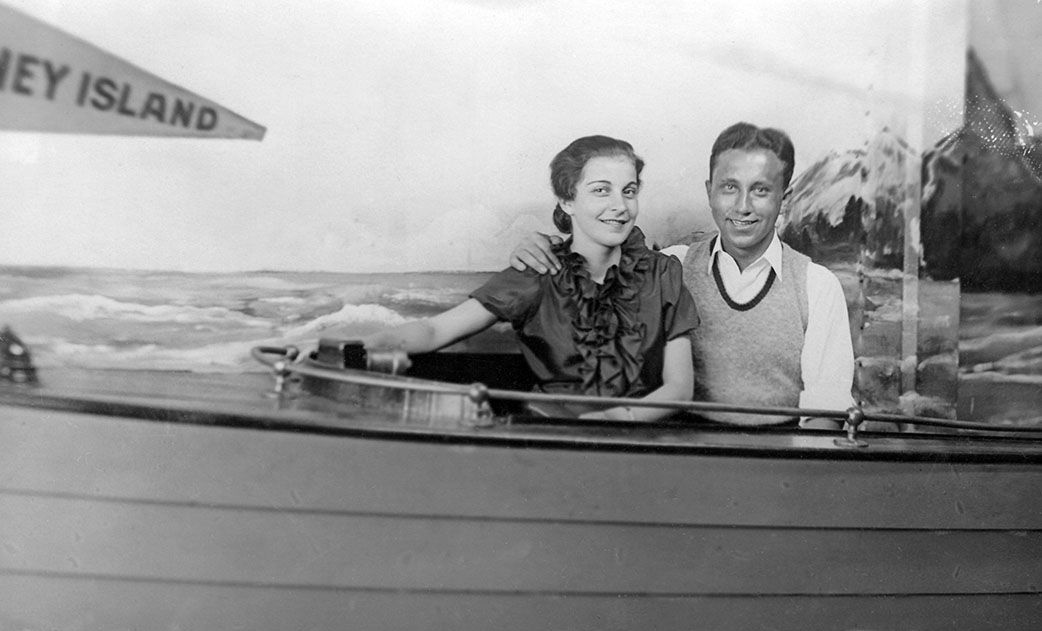
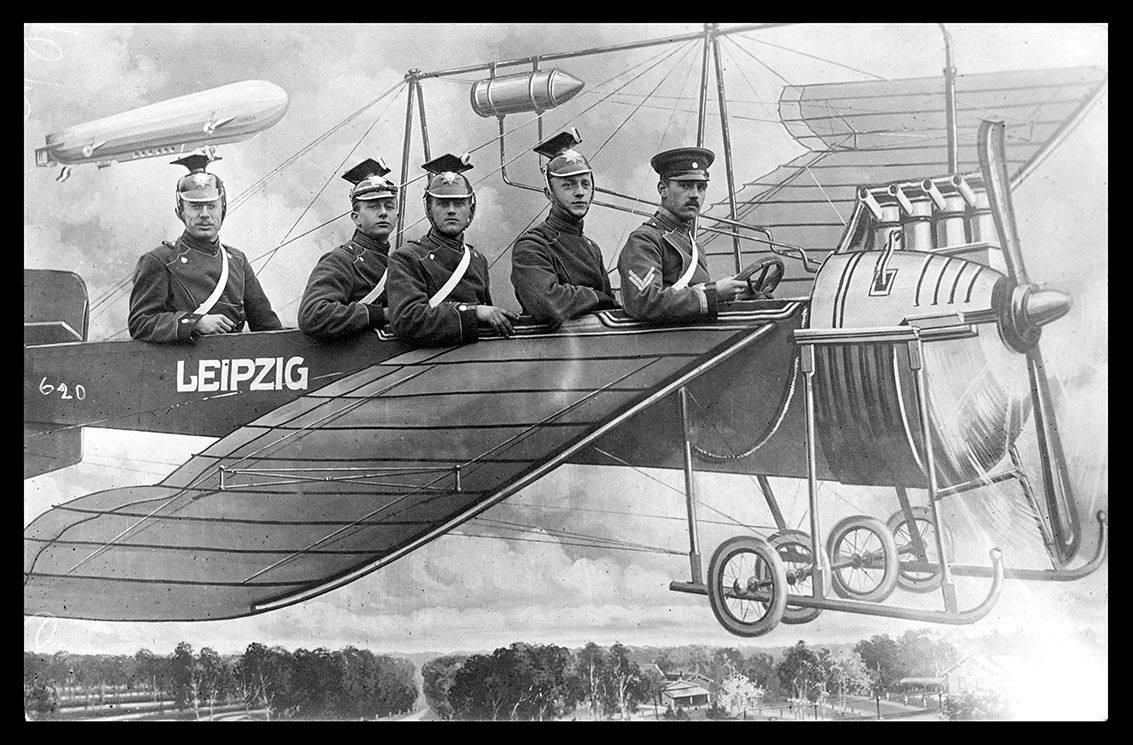
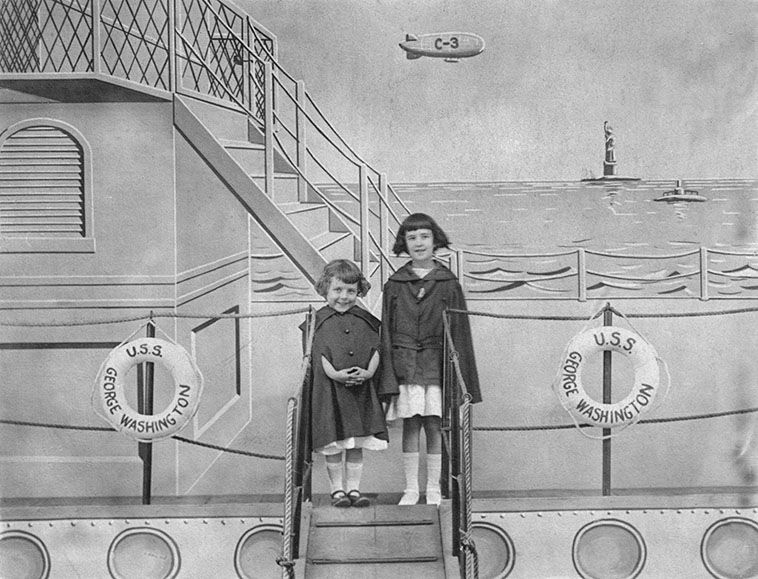
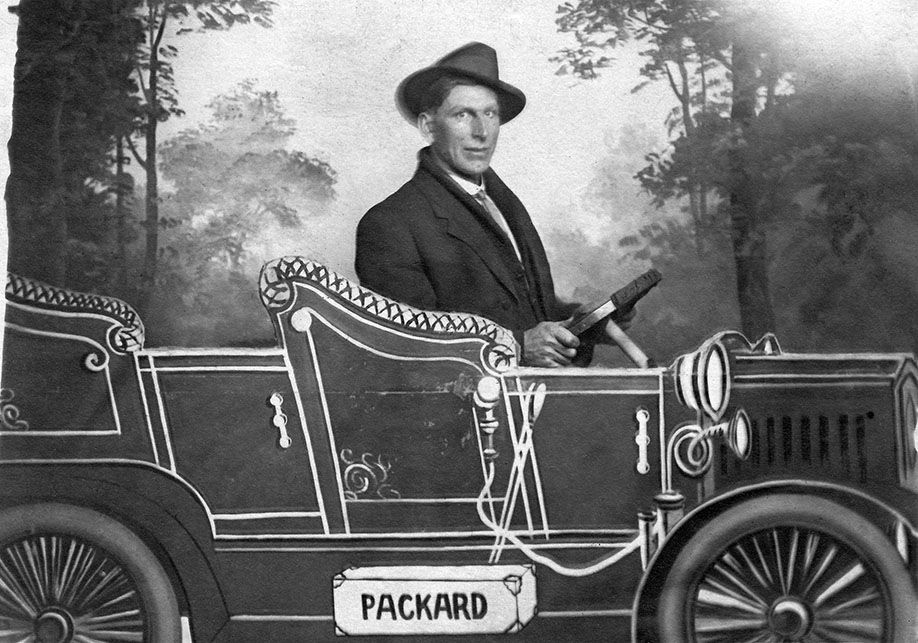
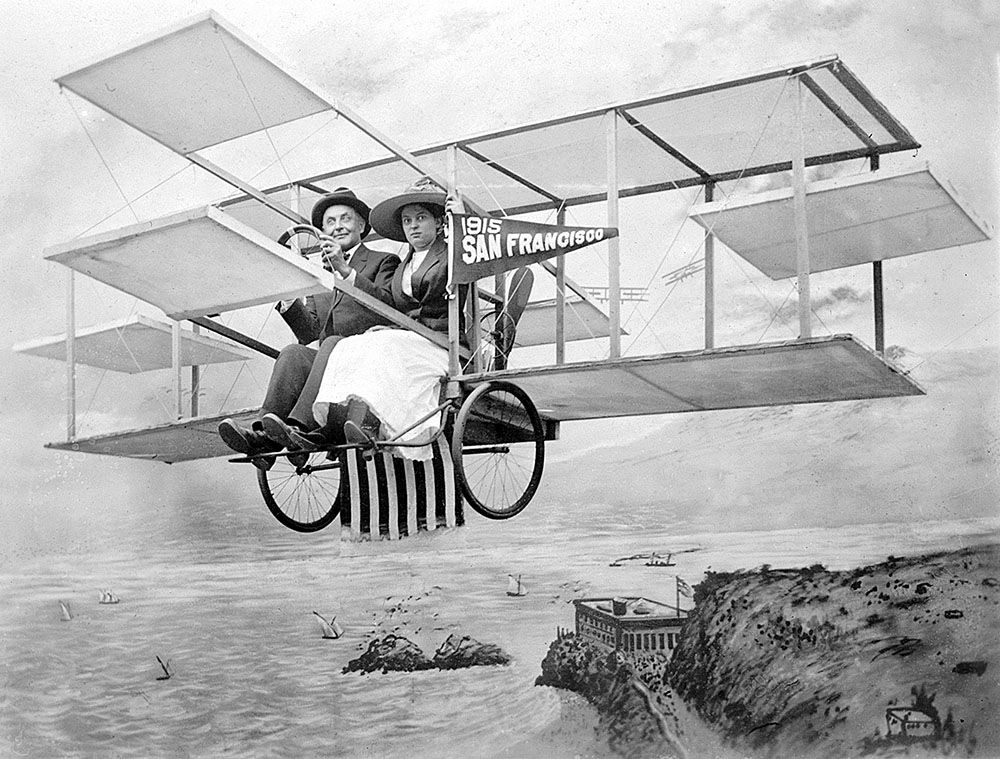
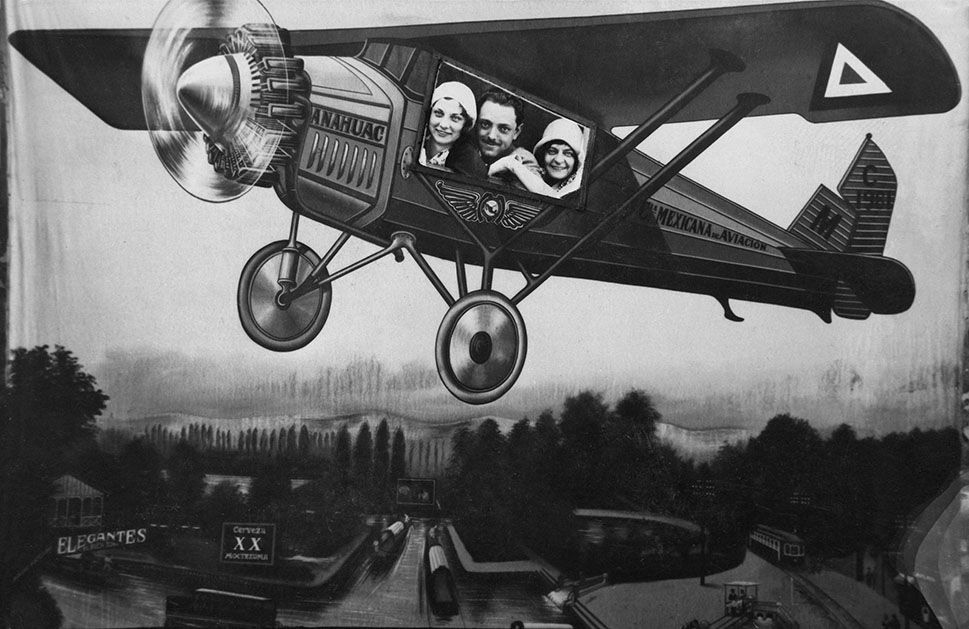
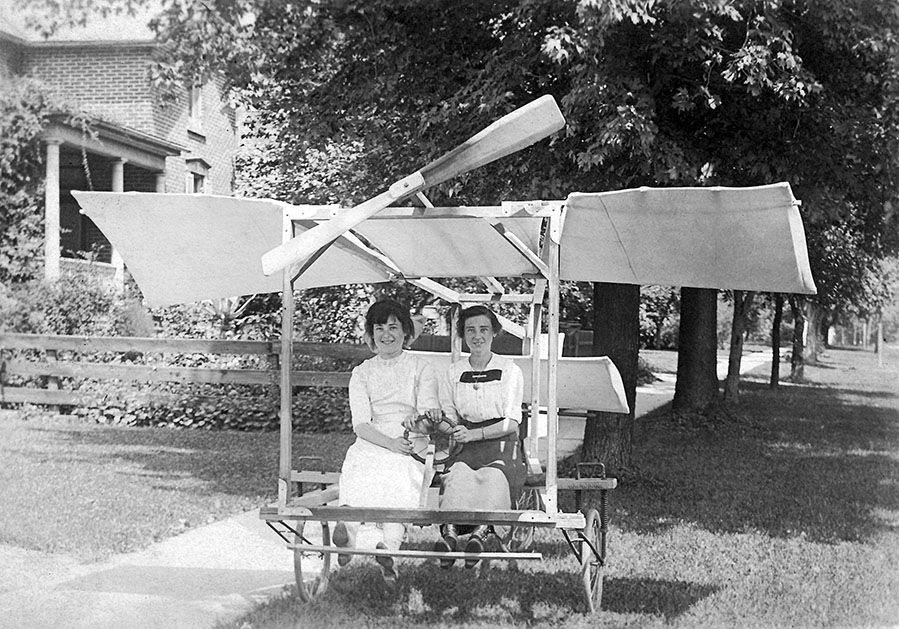
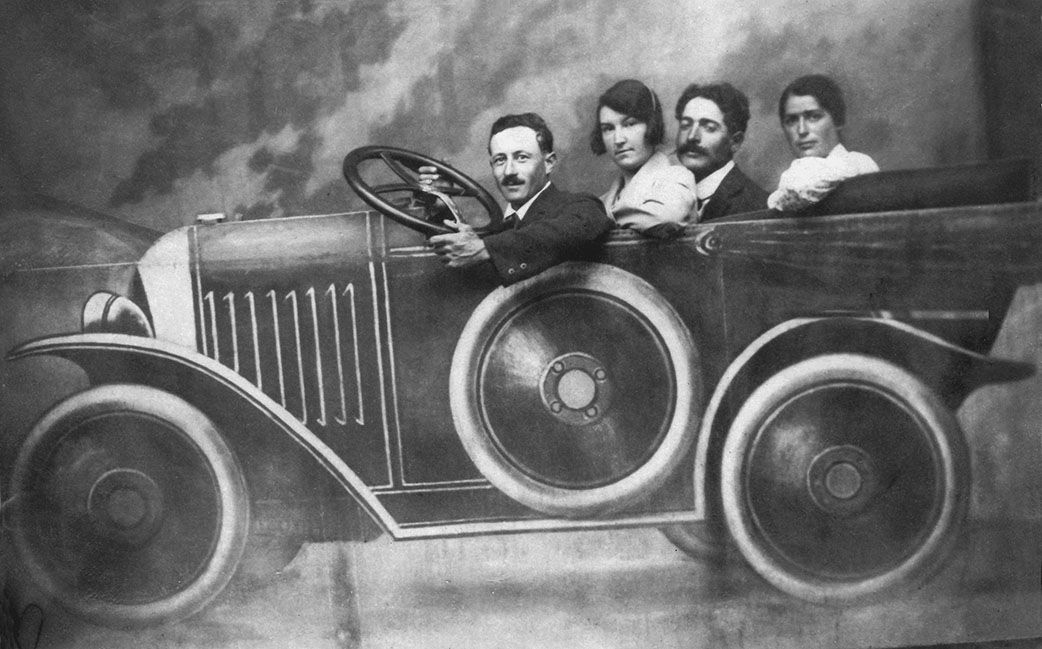
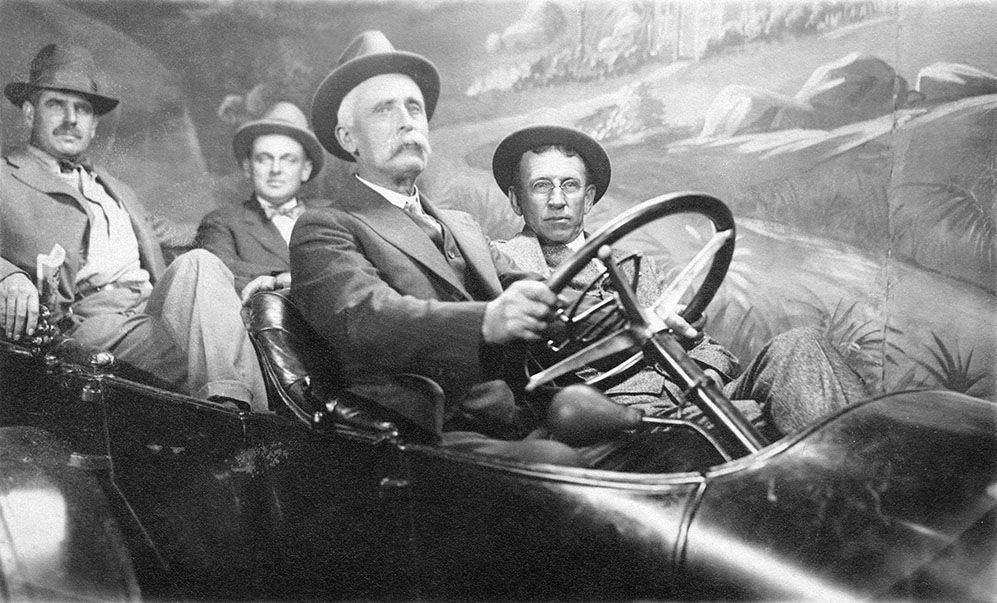
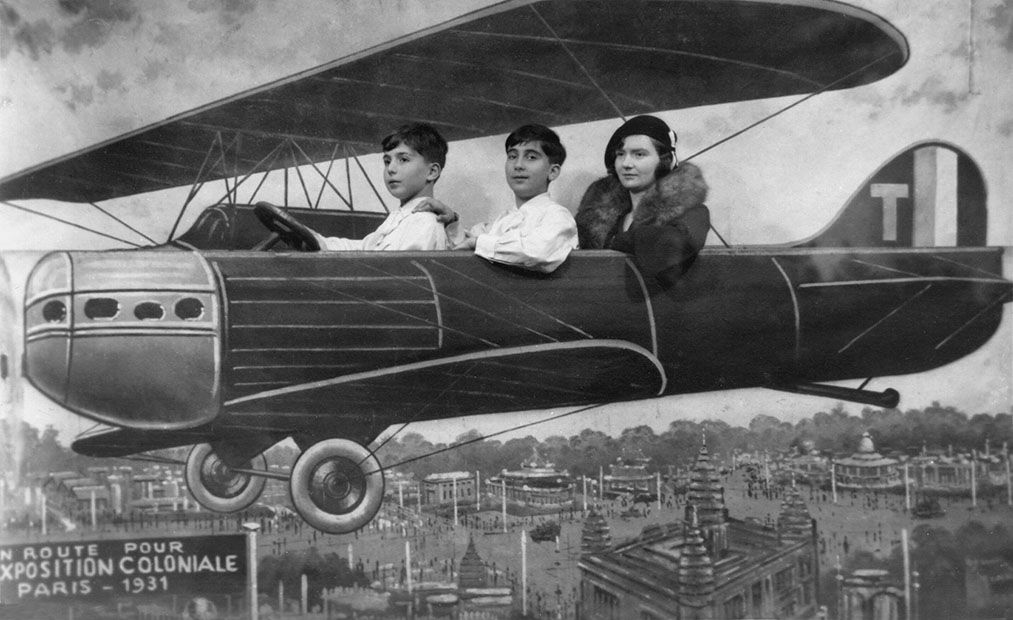
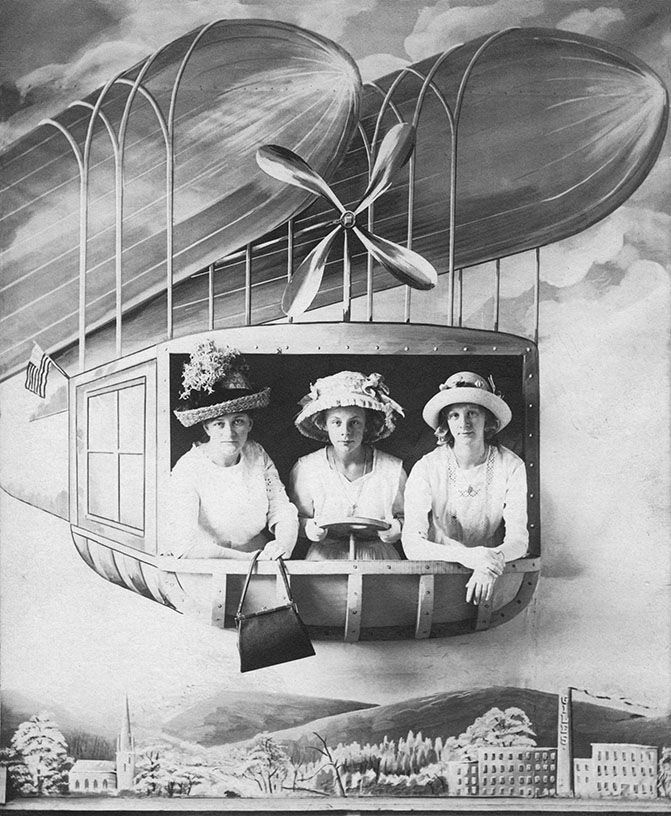
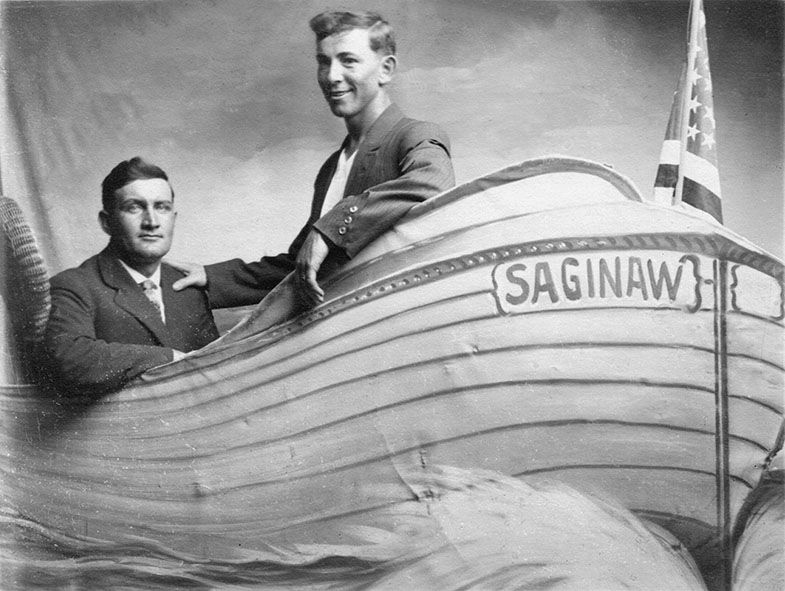
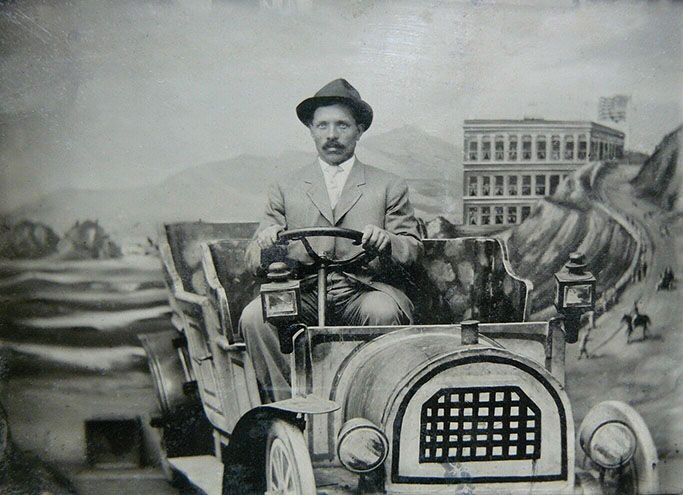
Tintype, Cliff House, San Francisco (seen on eBay)
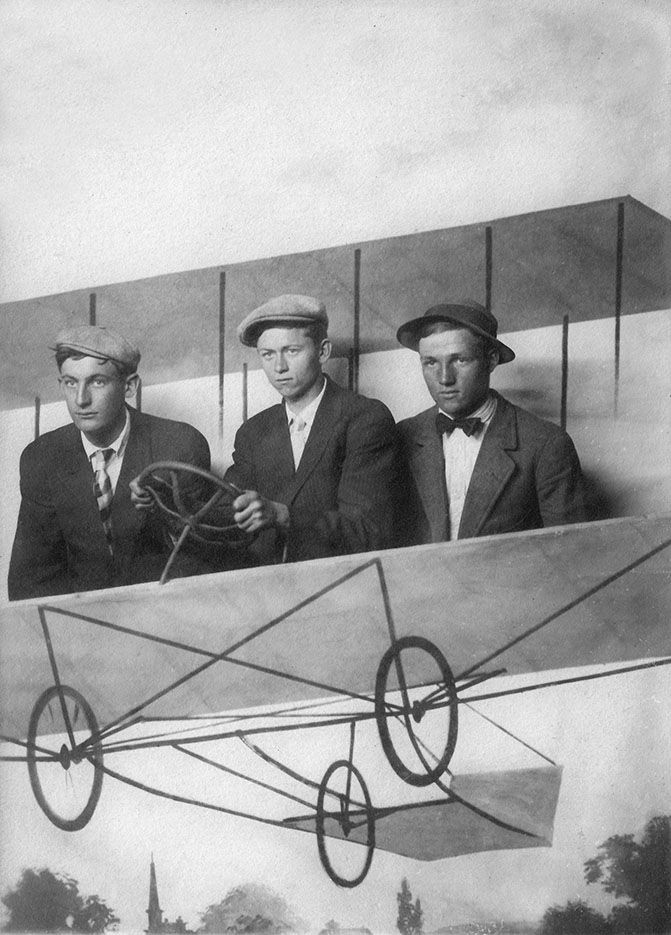
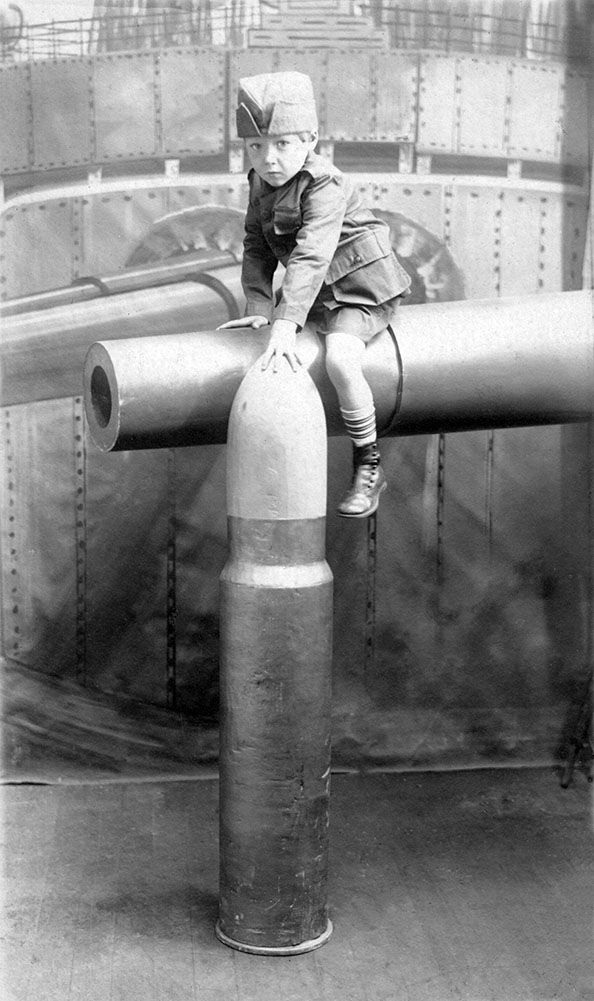
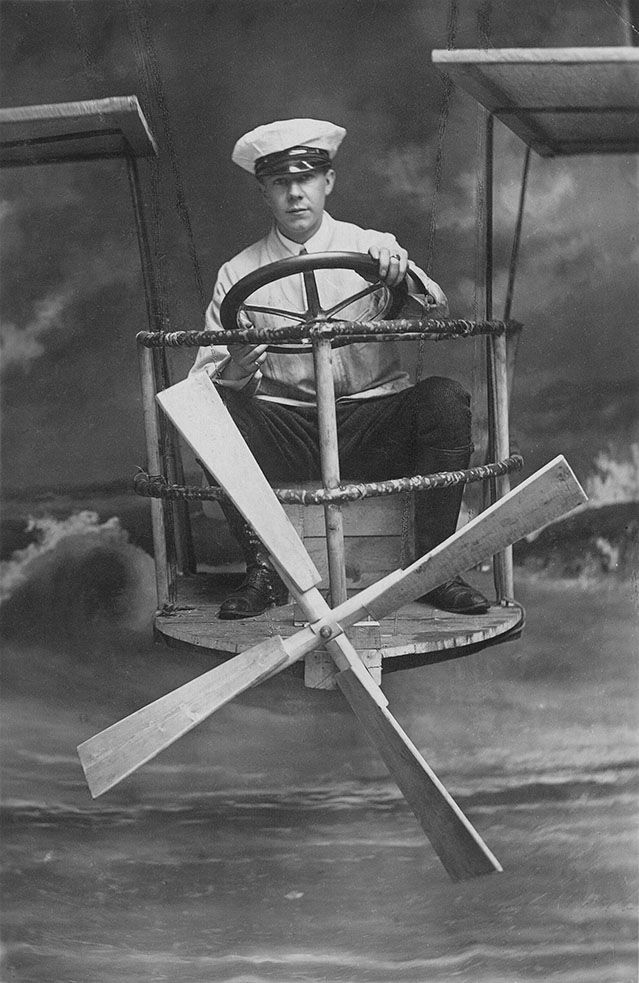
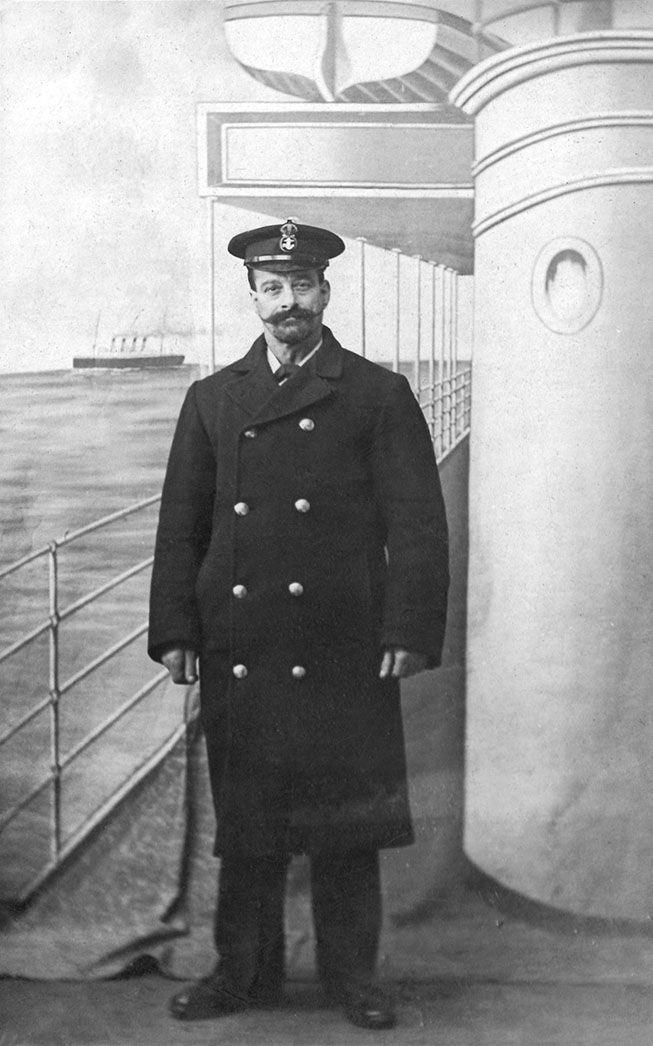
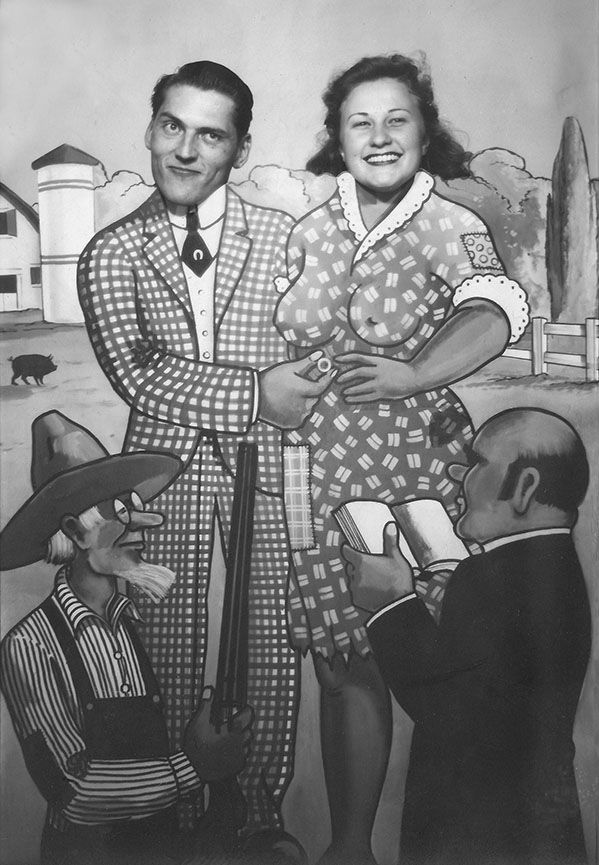
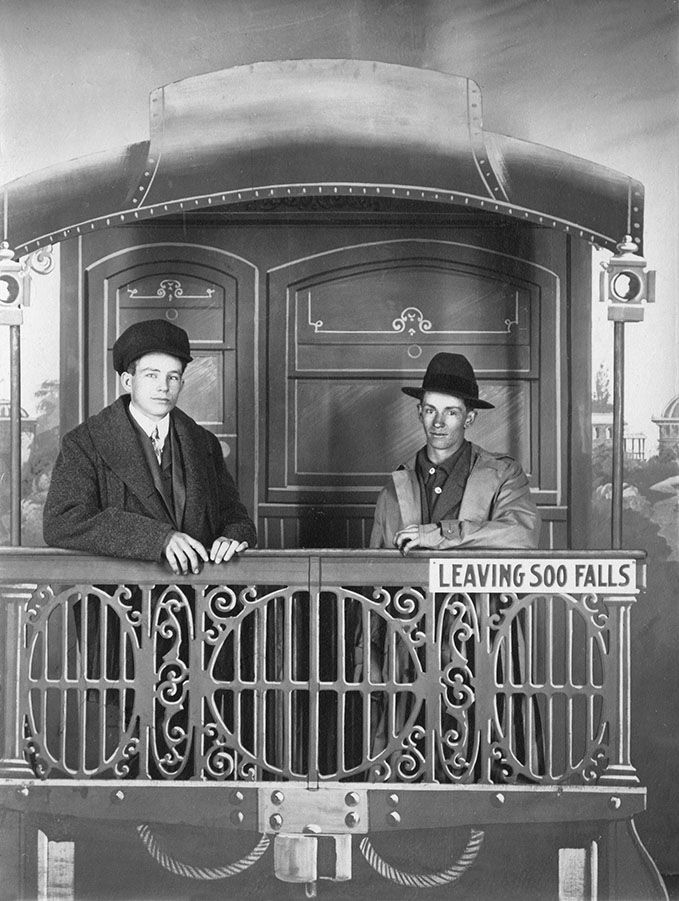
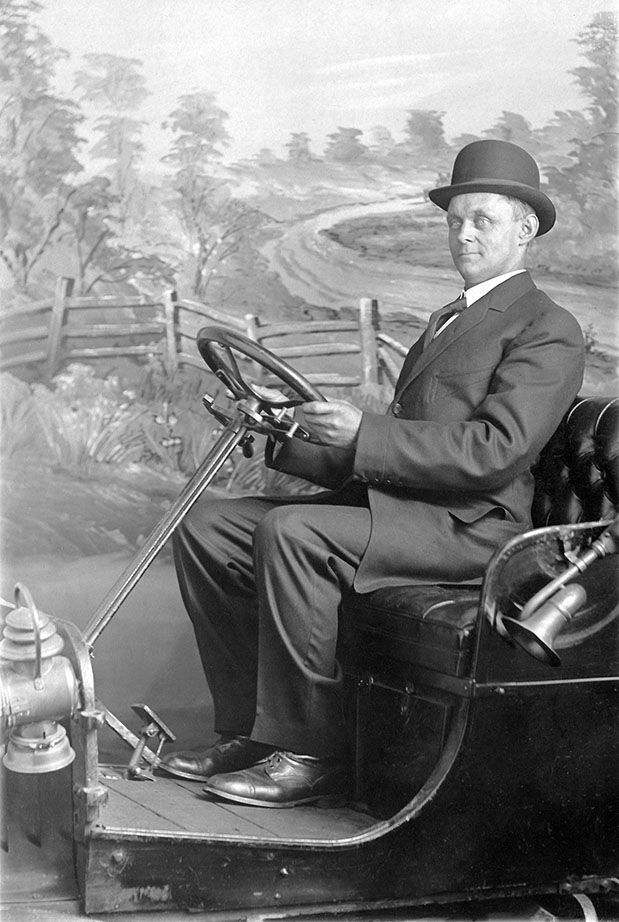
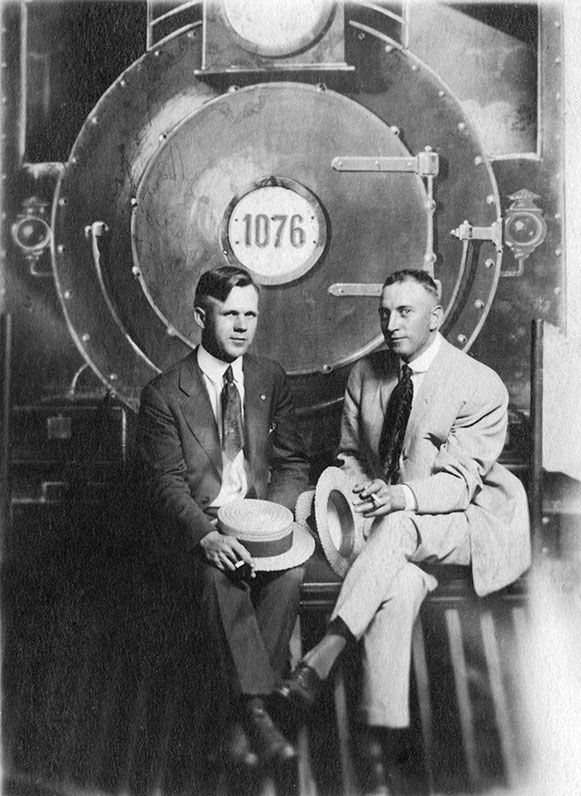
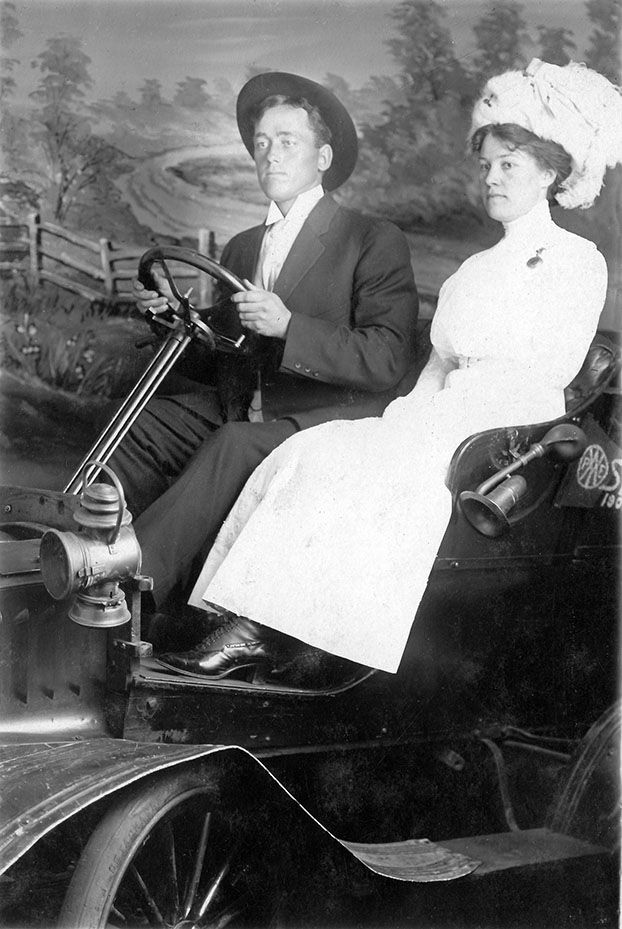
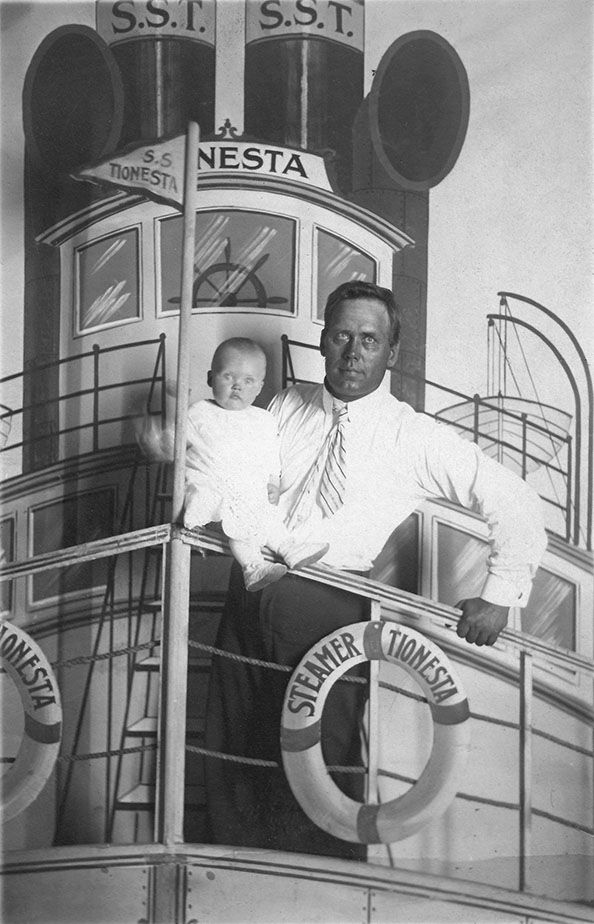
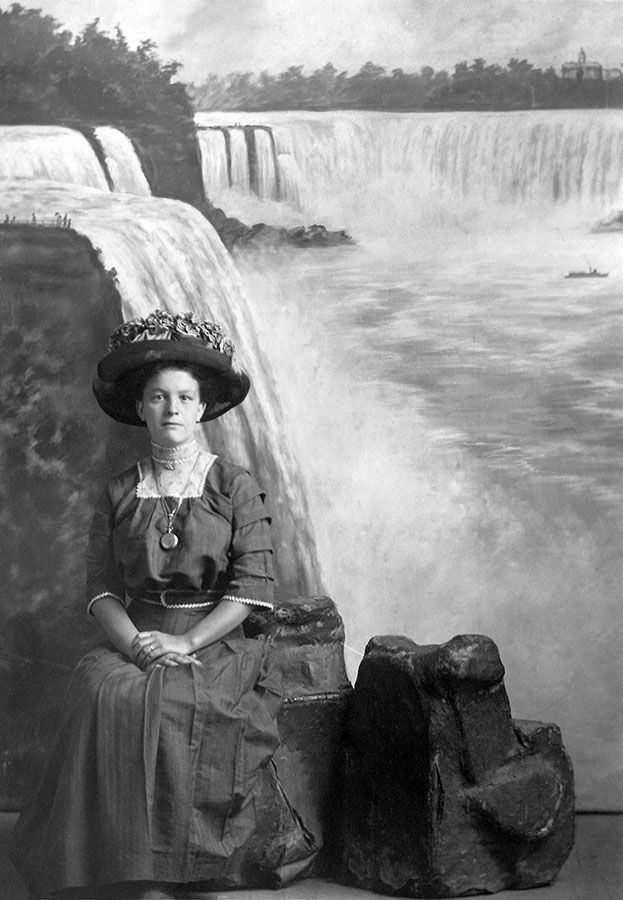
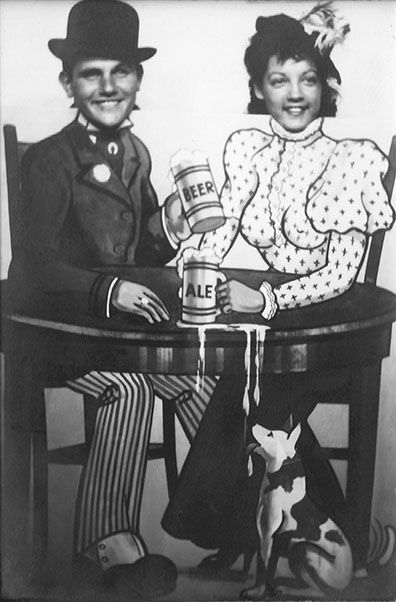
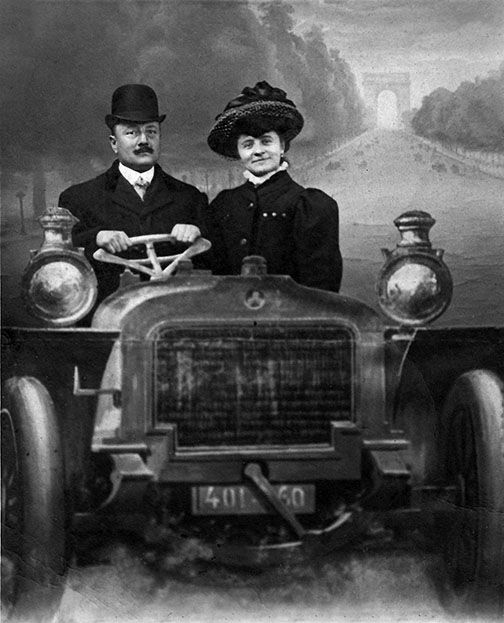
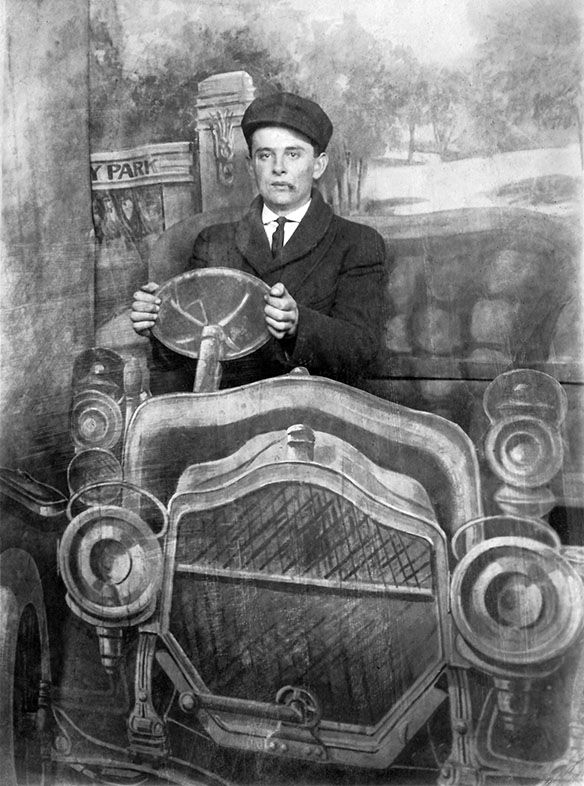
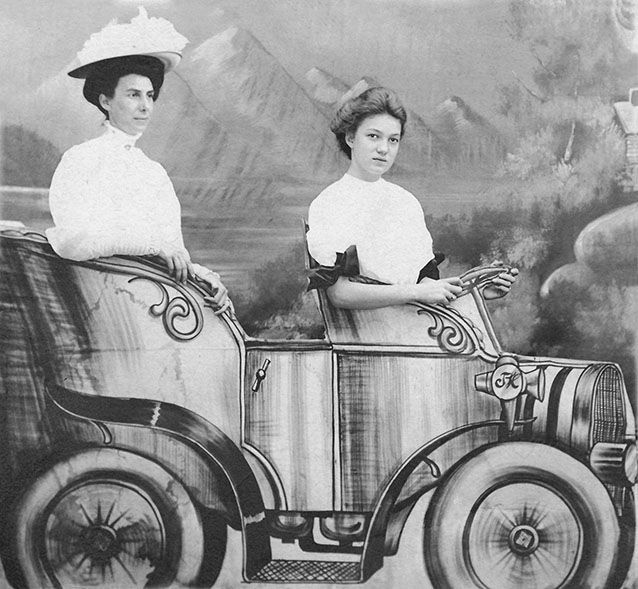
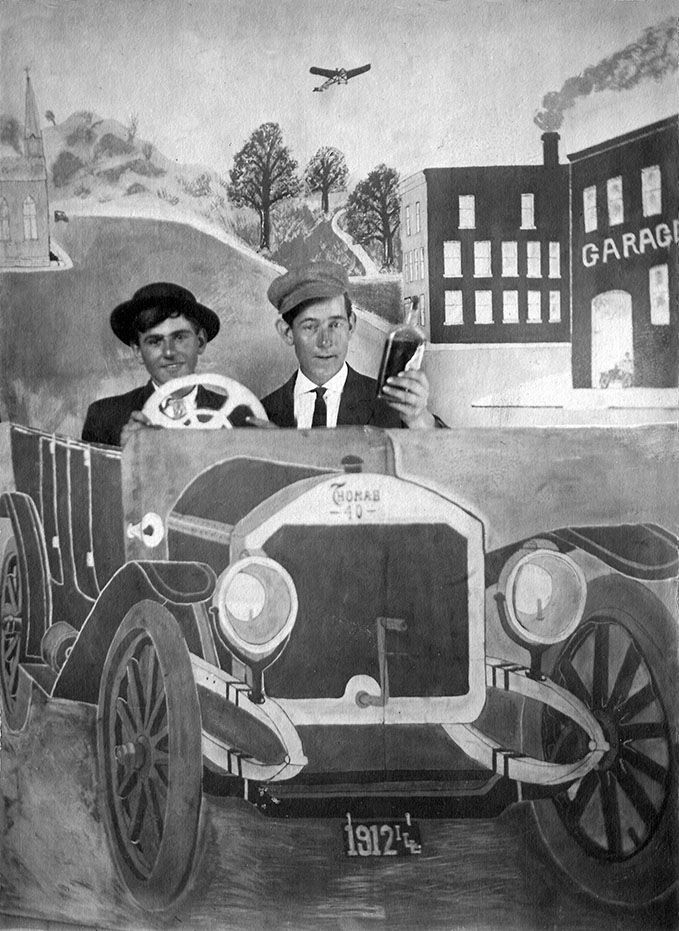
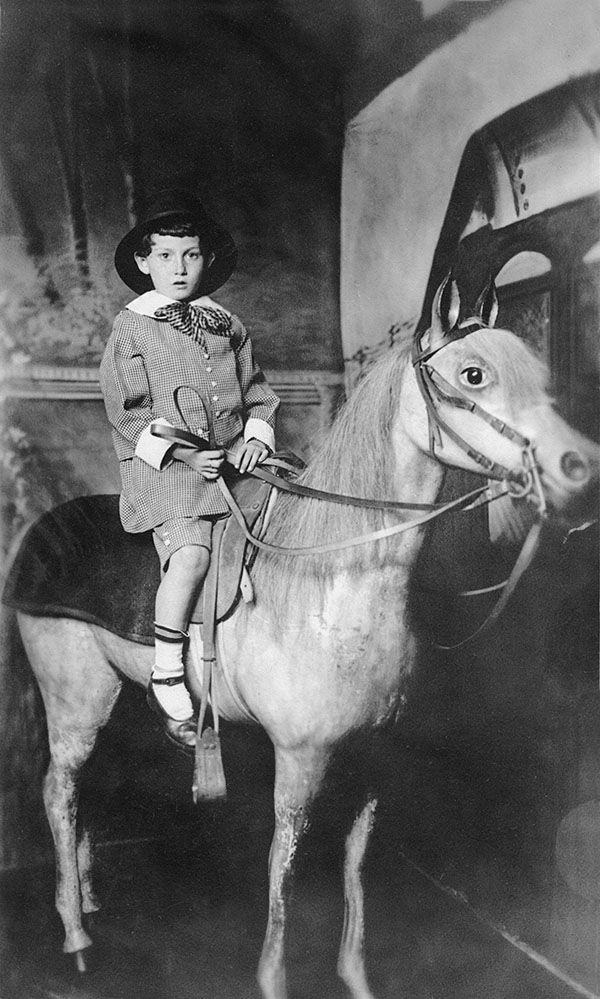
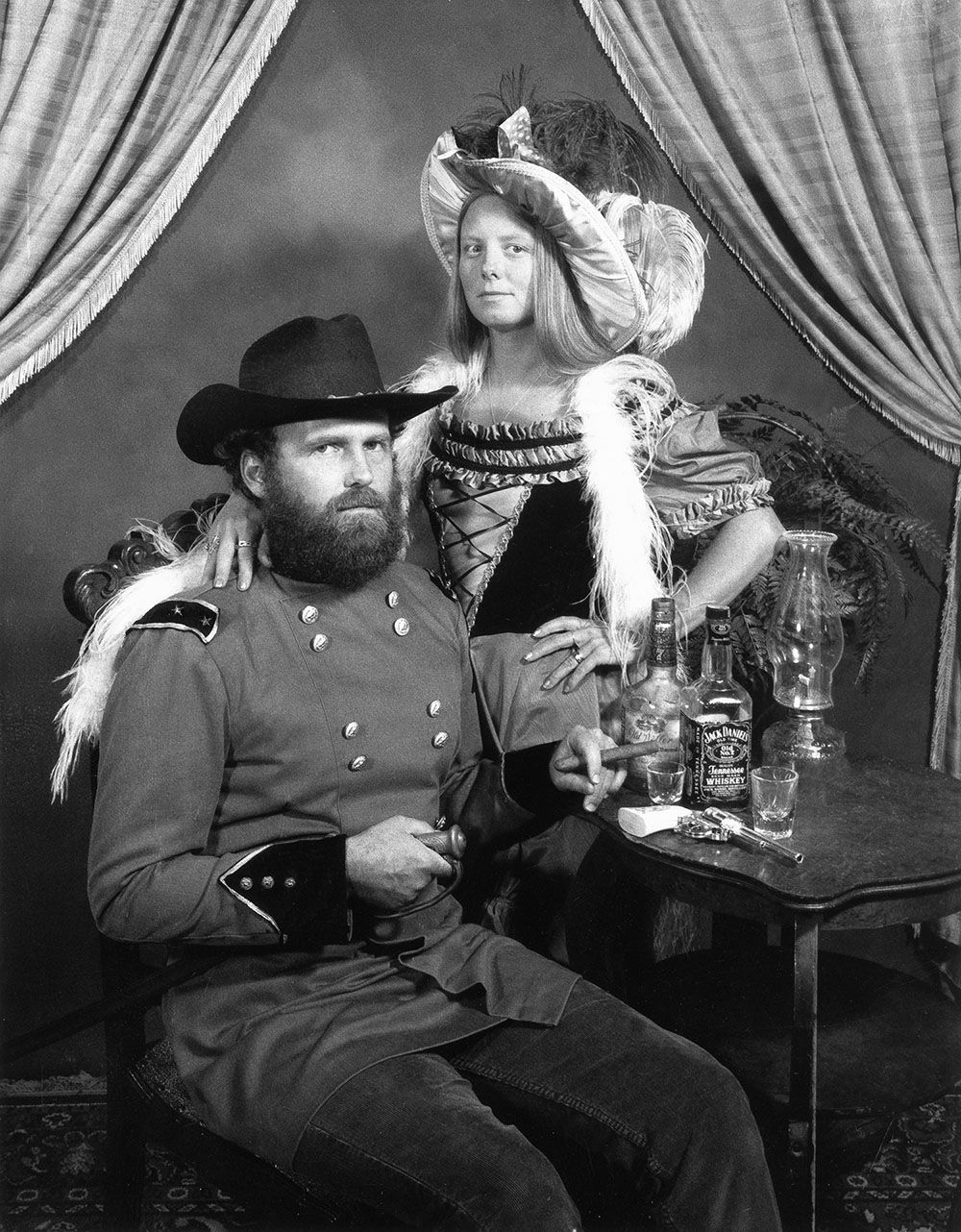
Myself and my then-wife Cheri, in the 1980s.
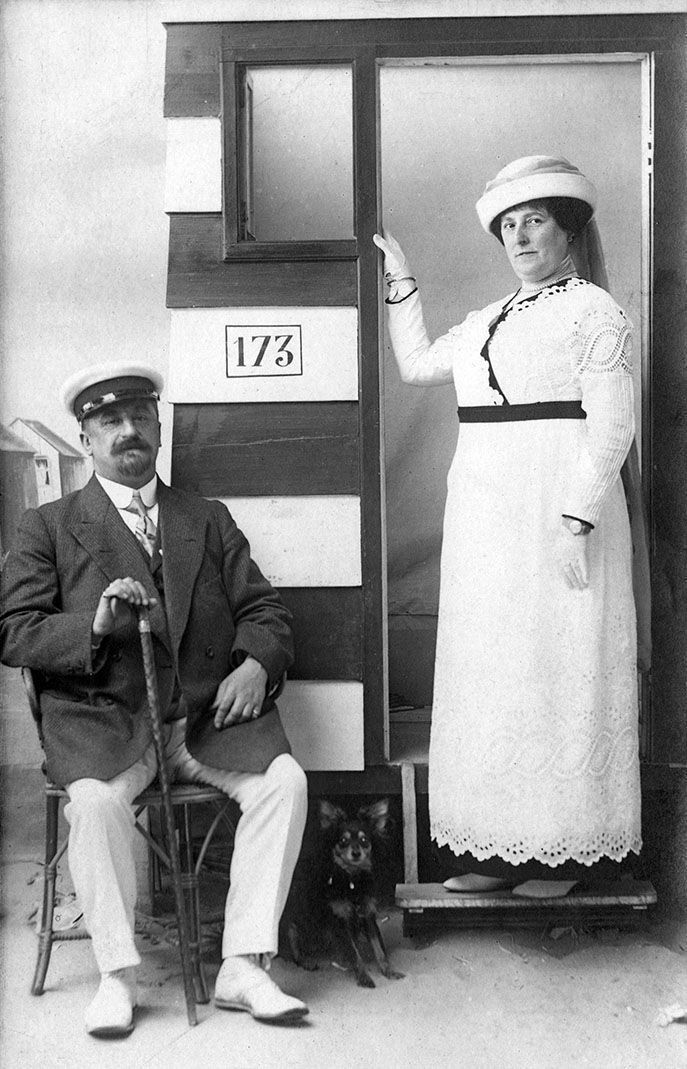
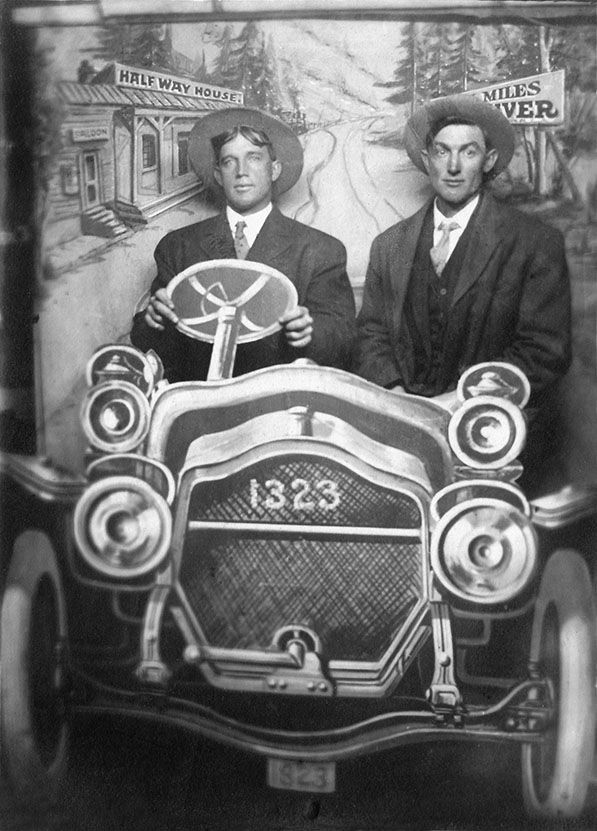
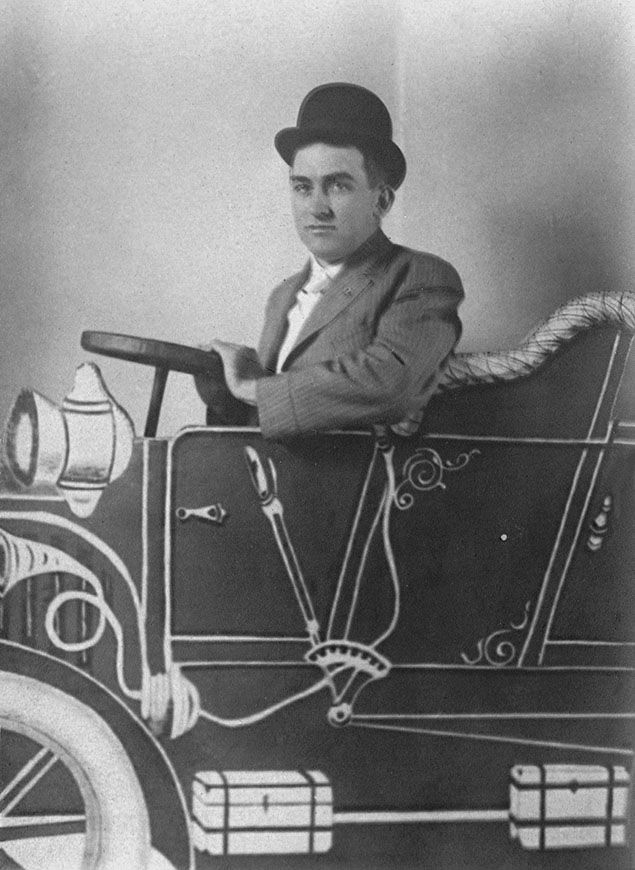

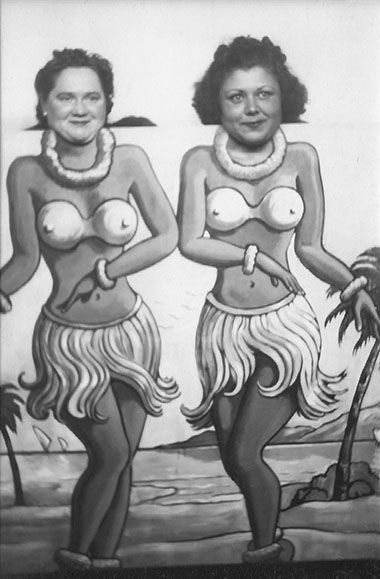
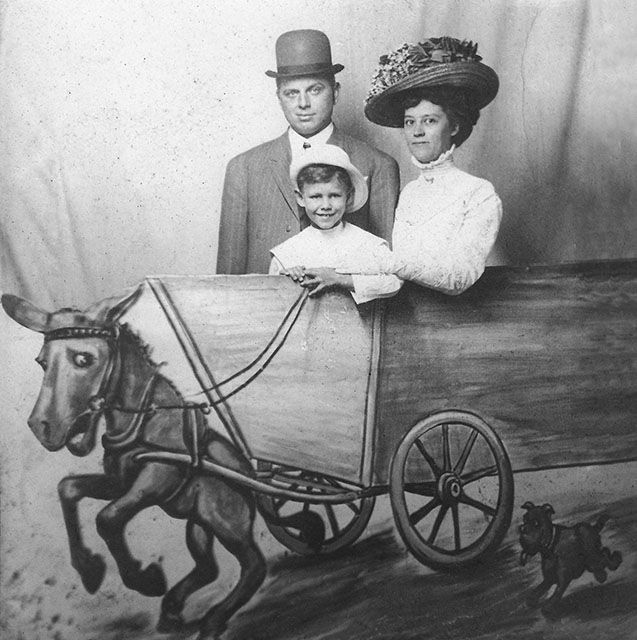
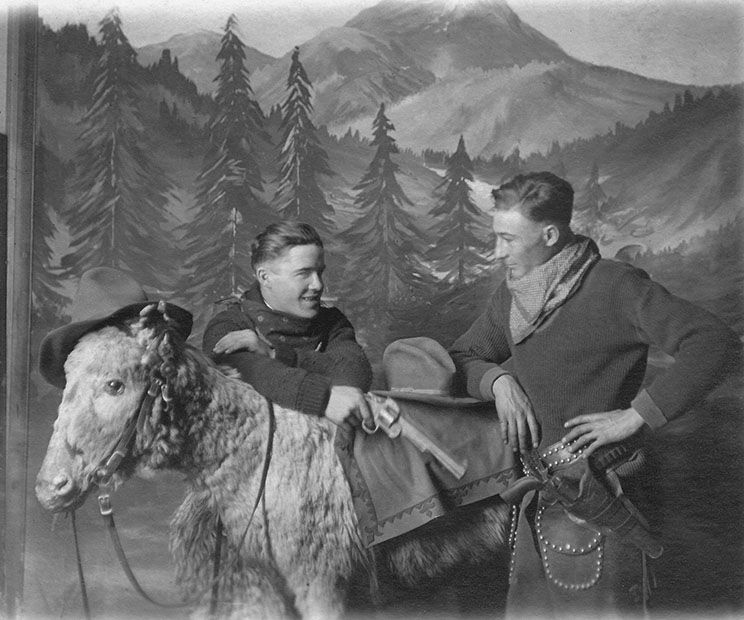
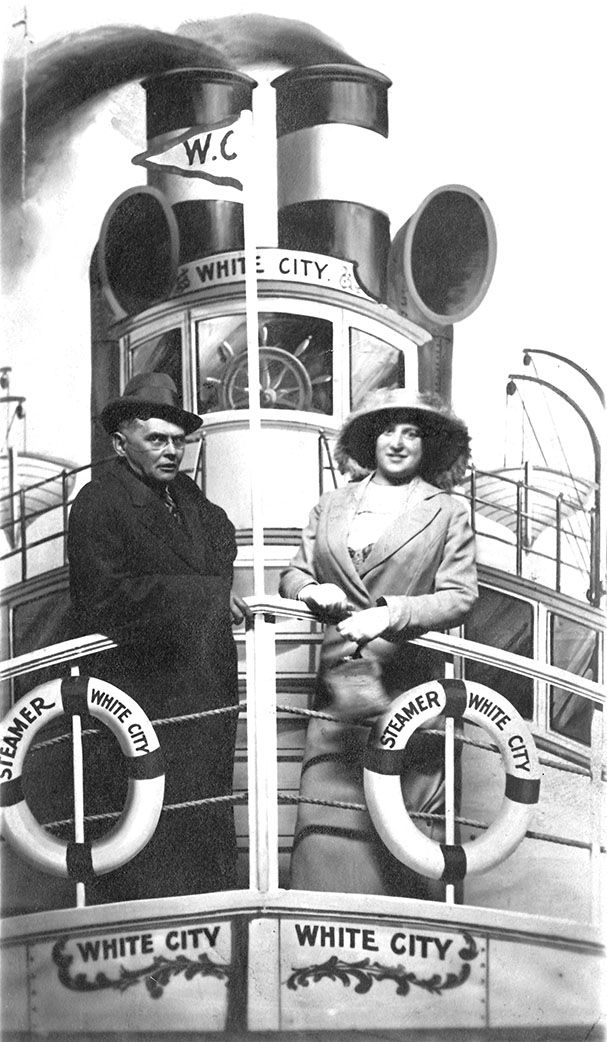
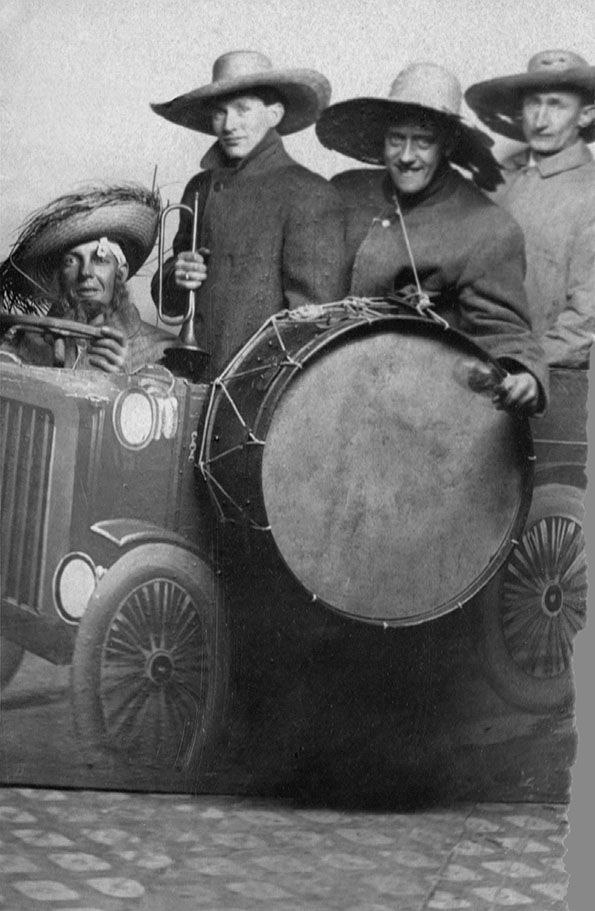
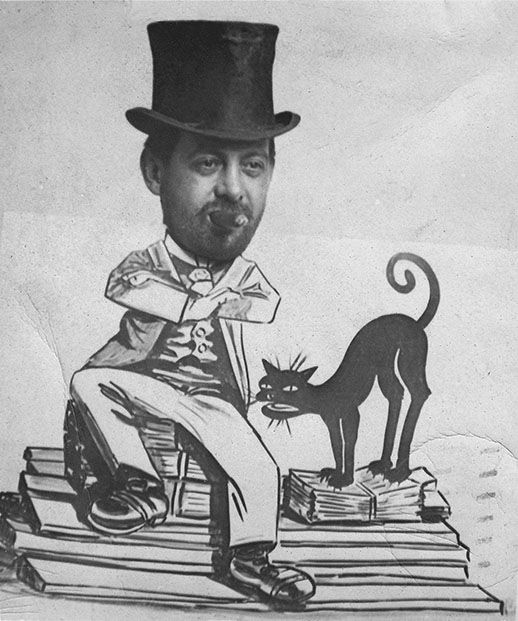
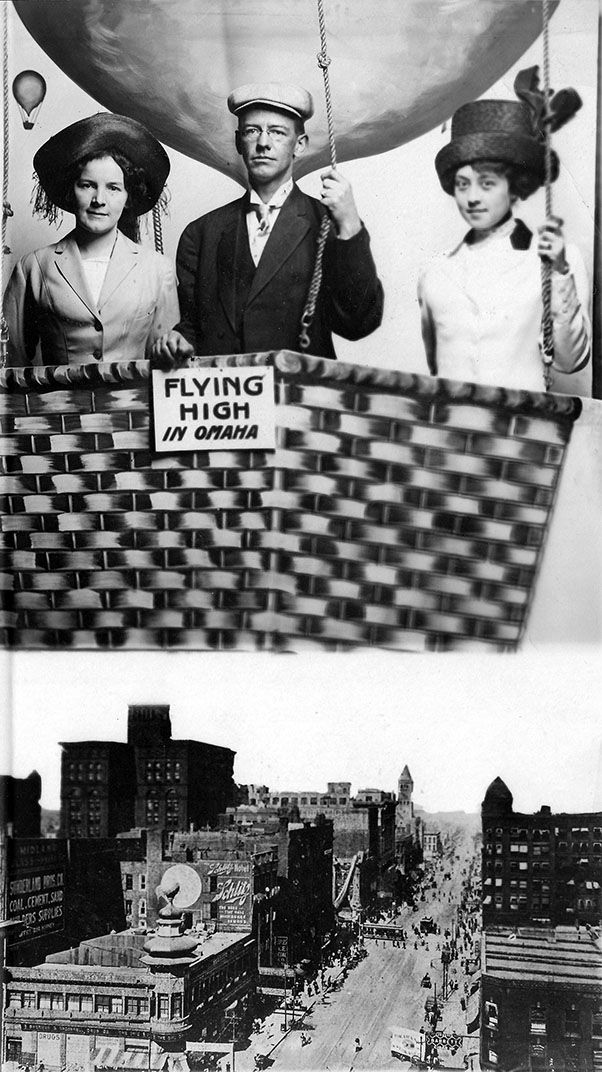
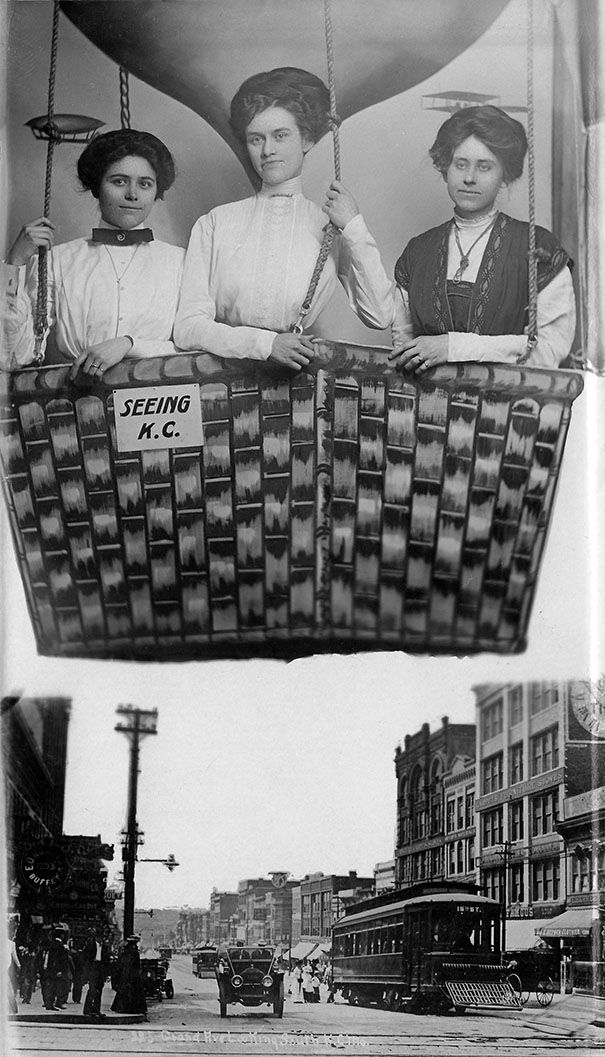
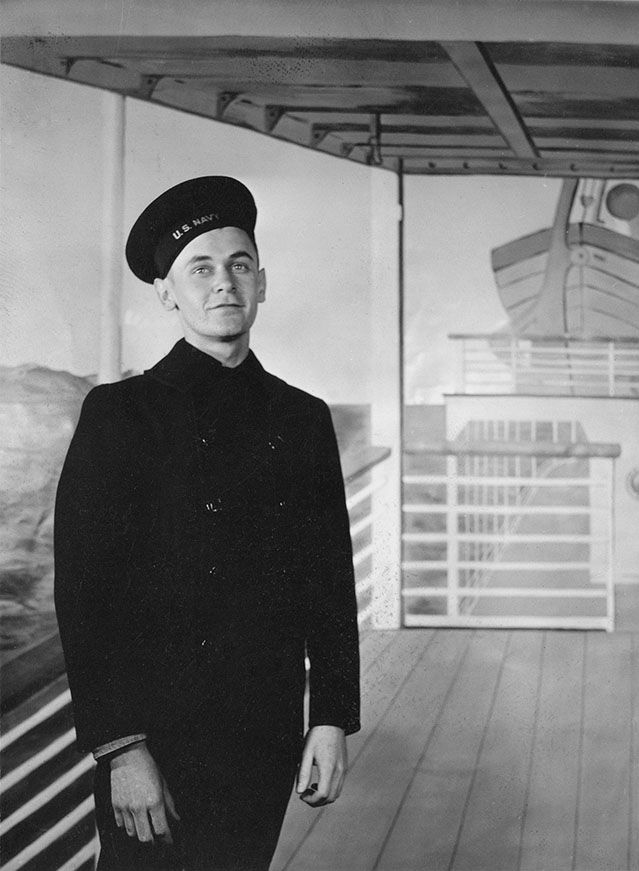
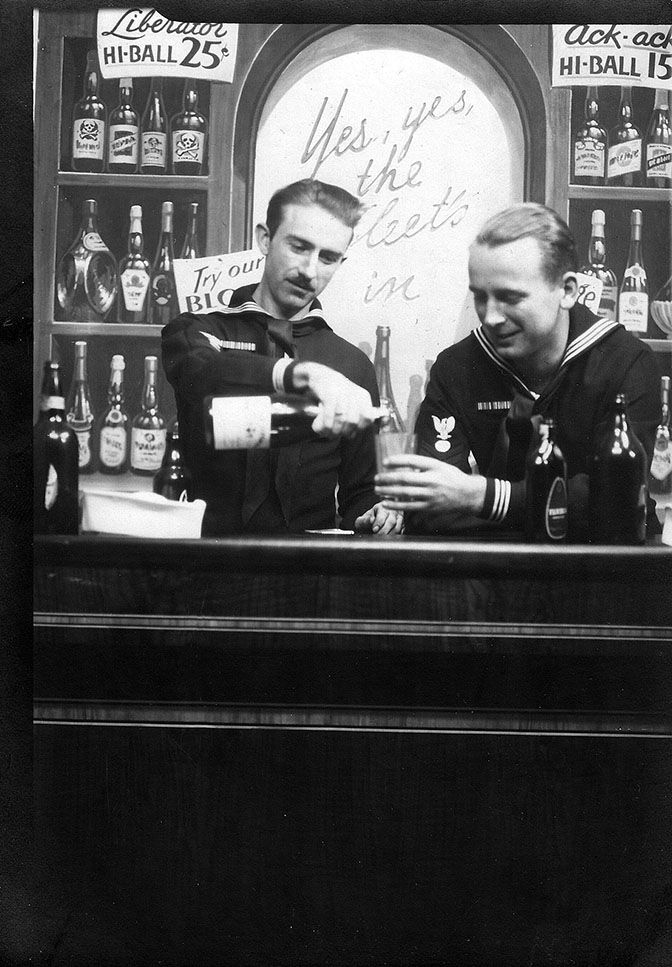
My father (on the right) and a Navy buddy on leave during Korea in 1953.
